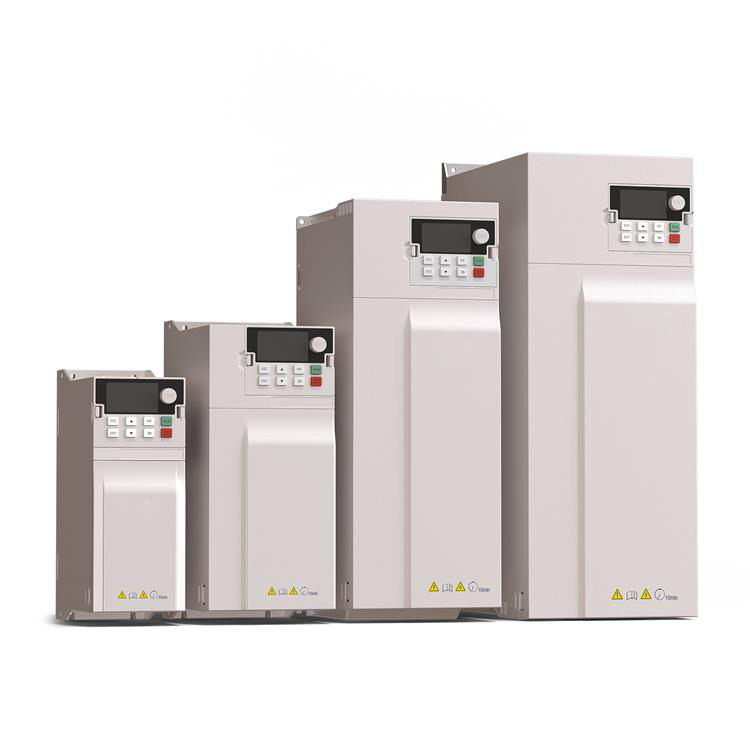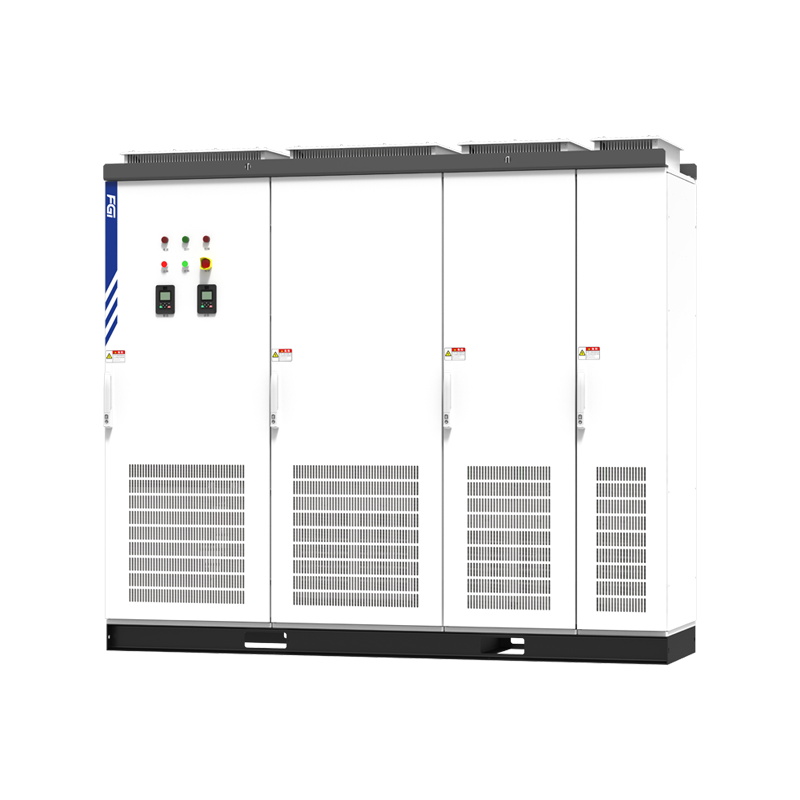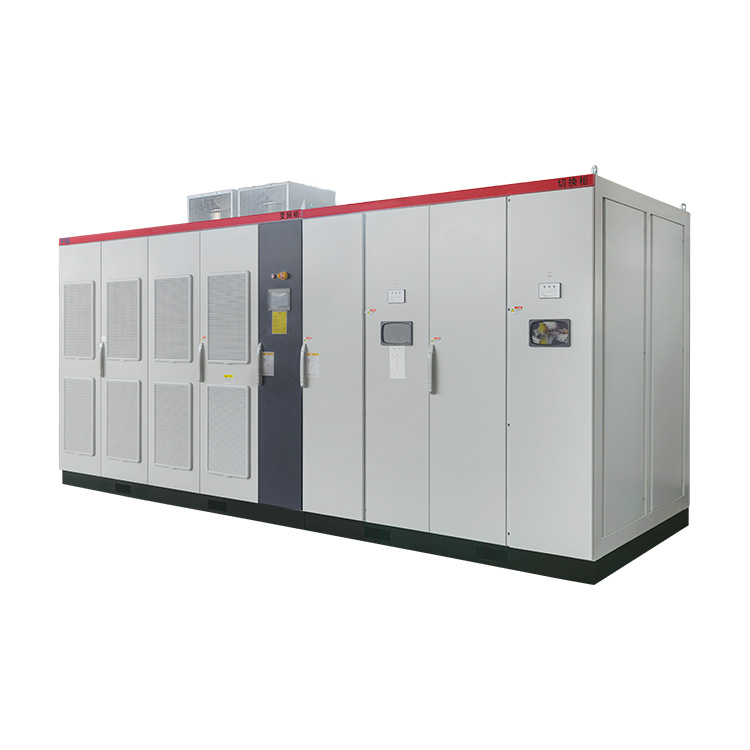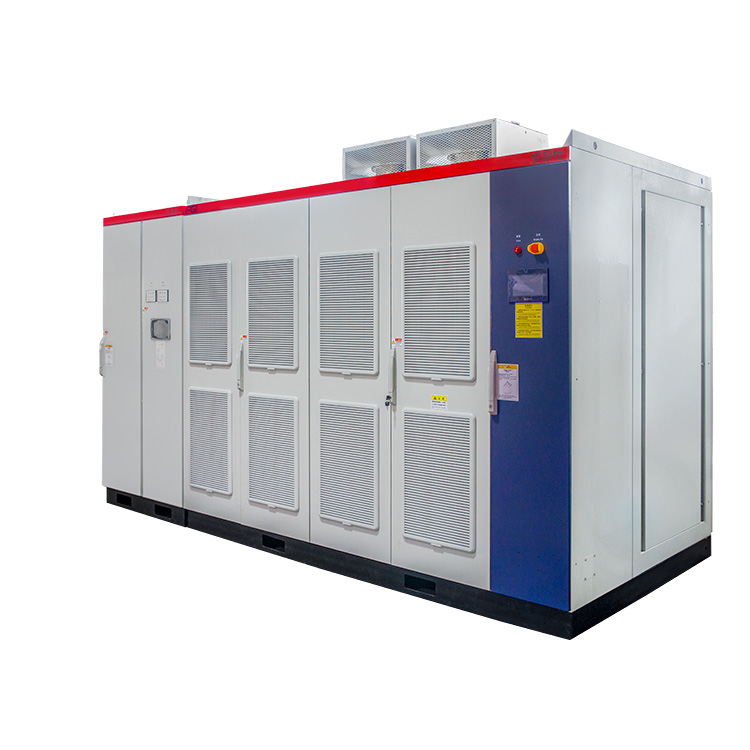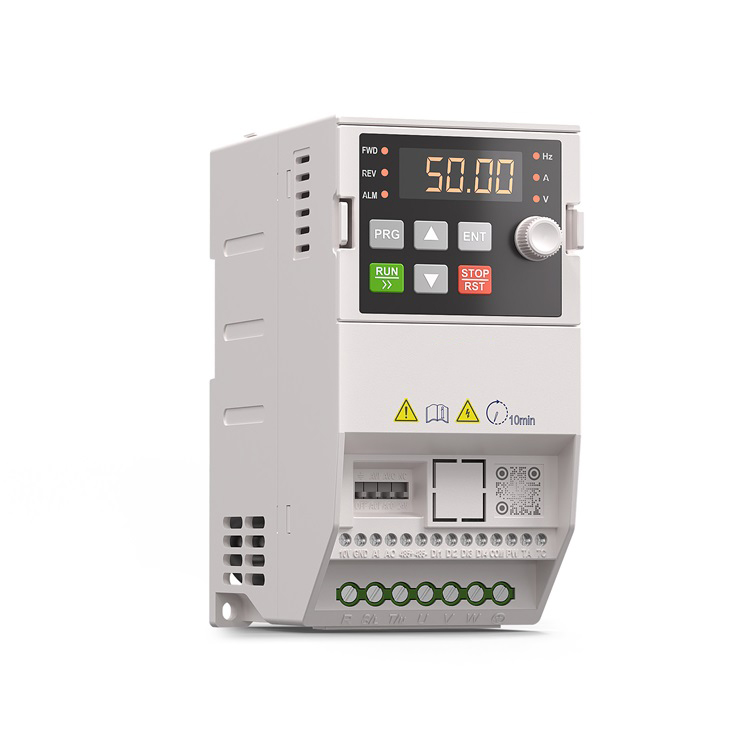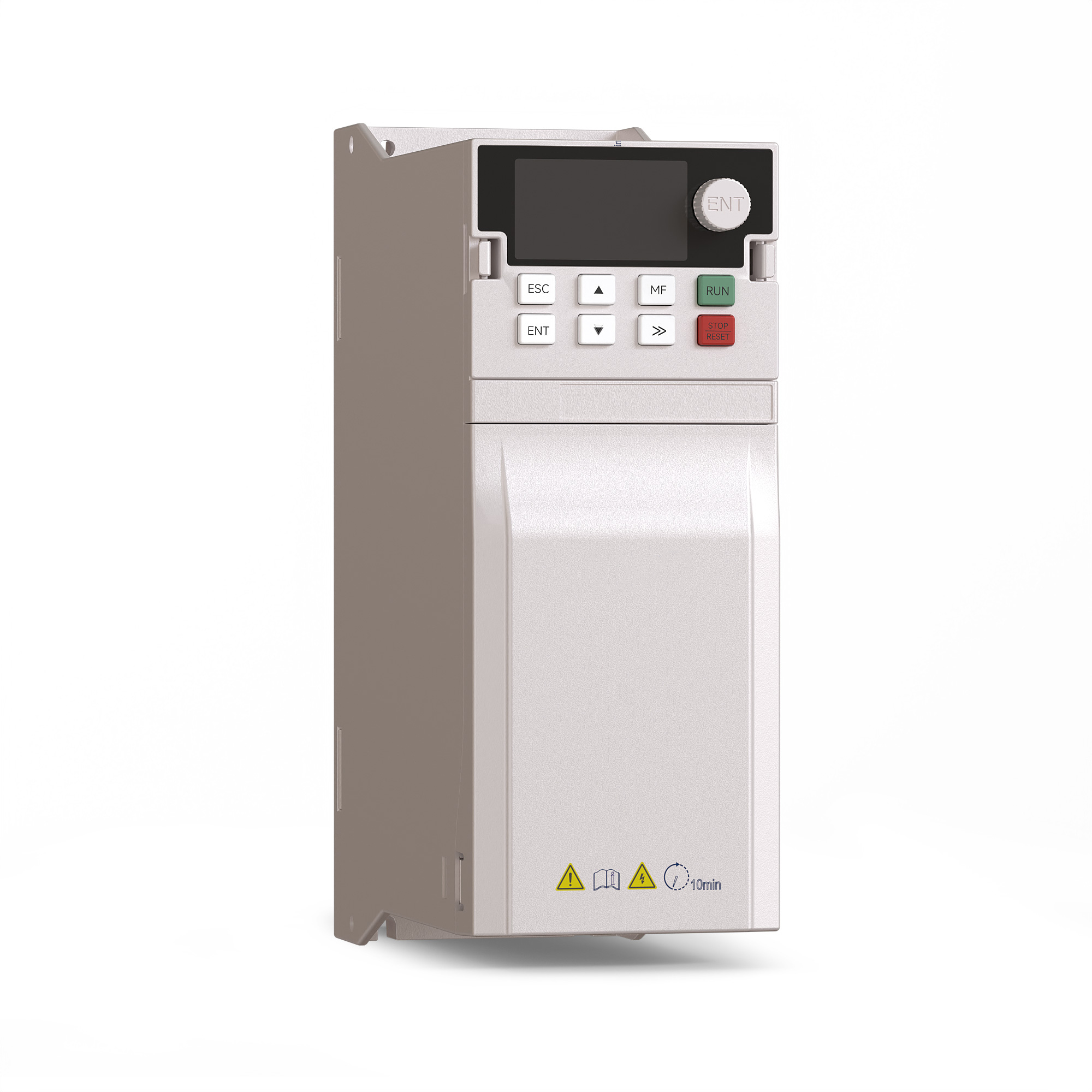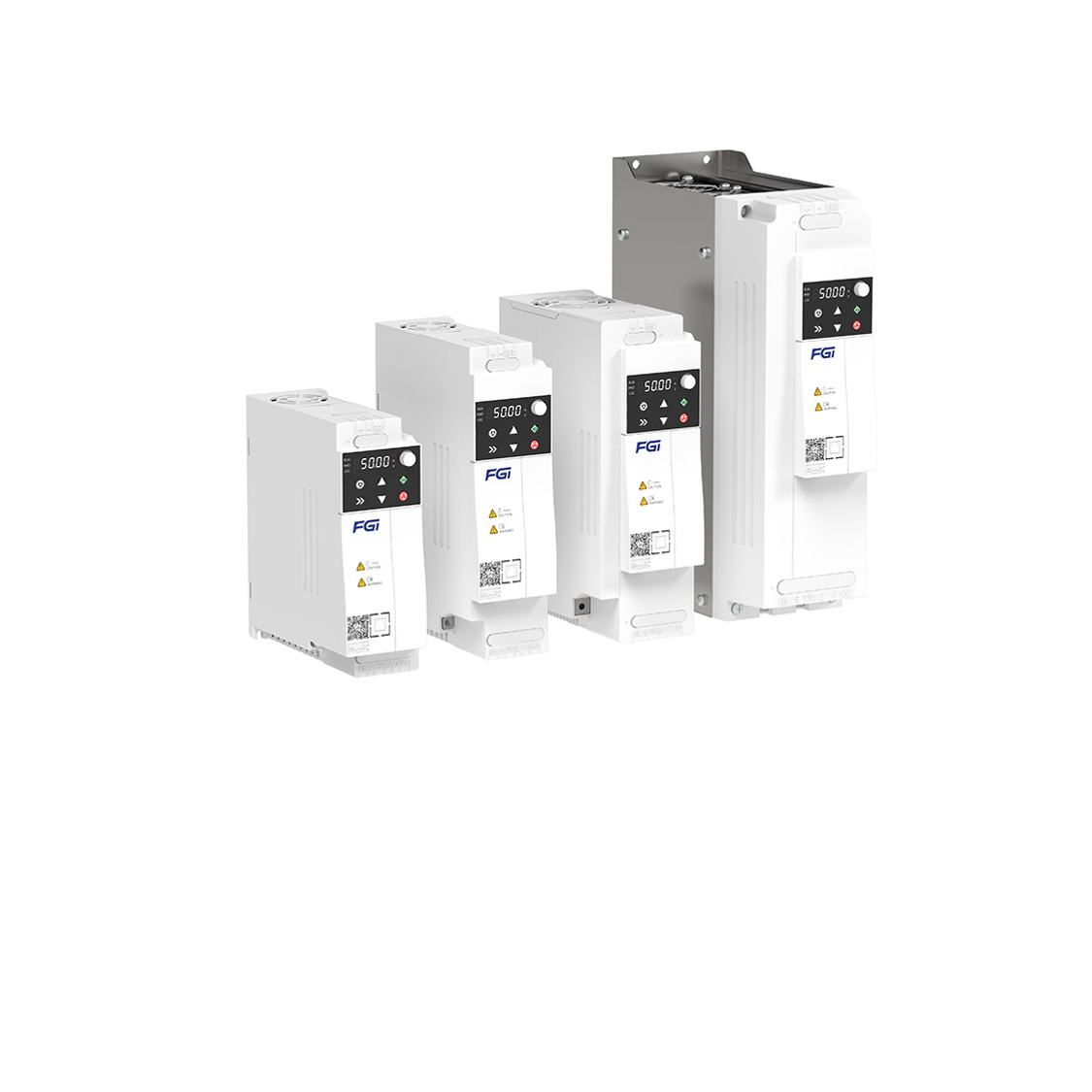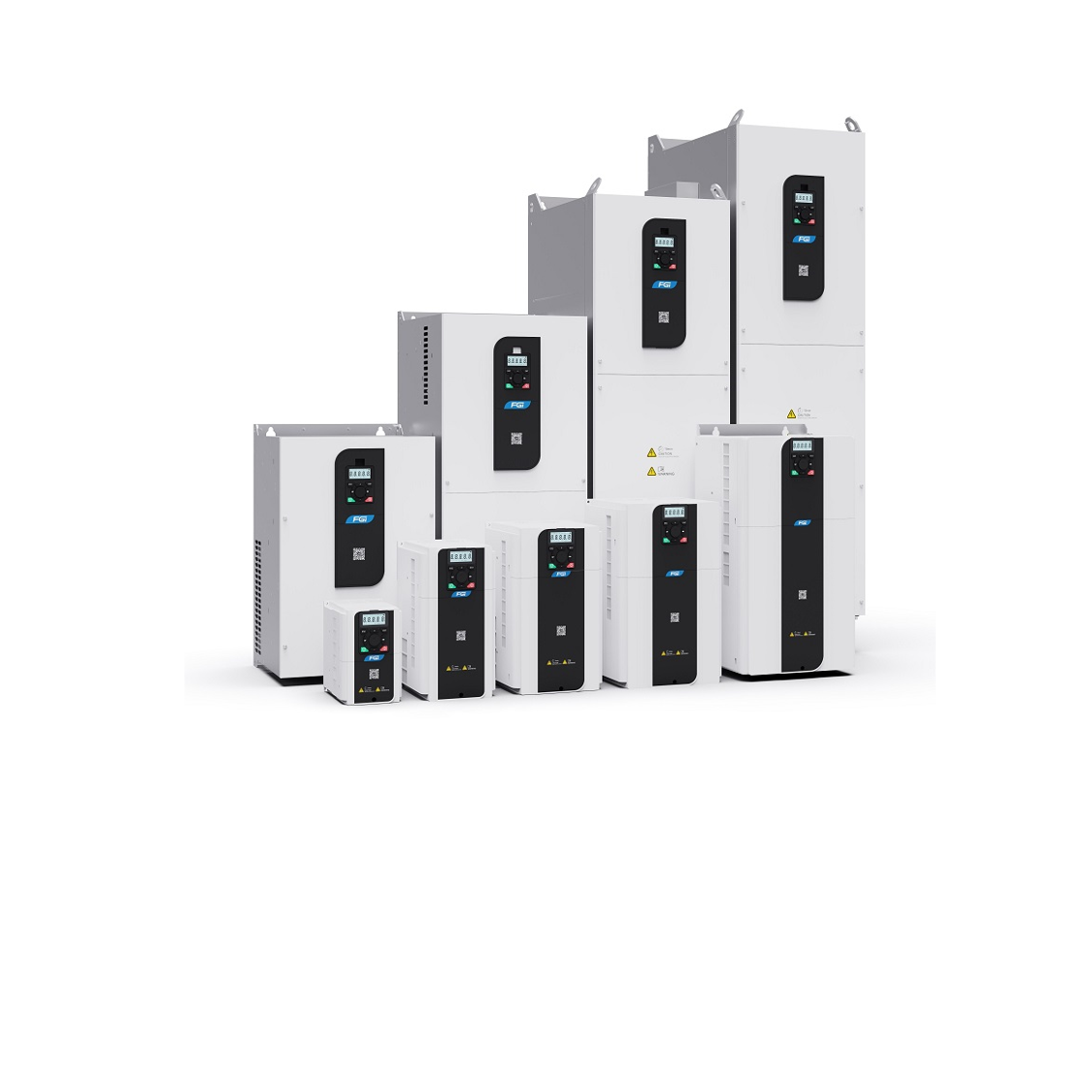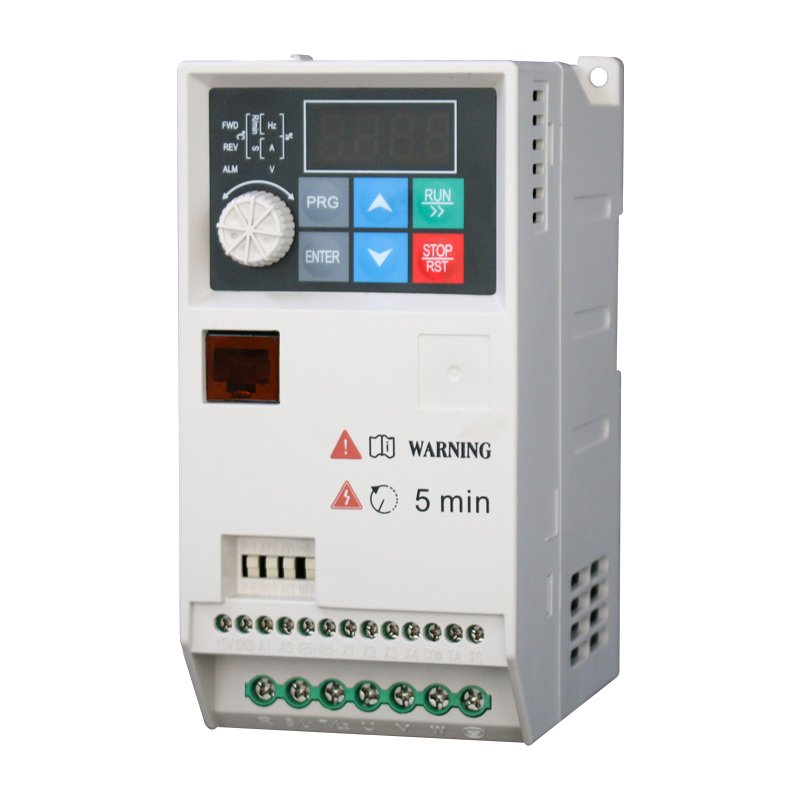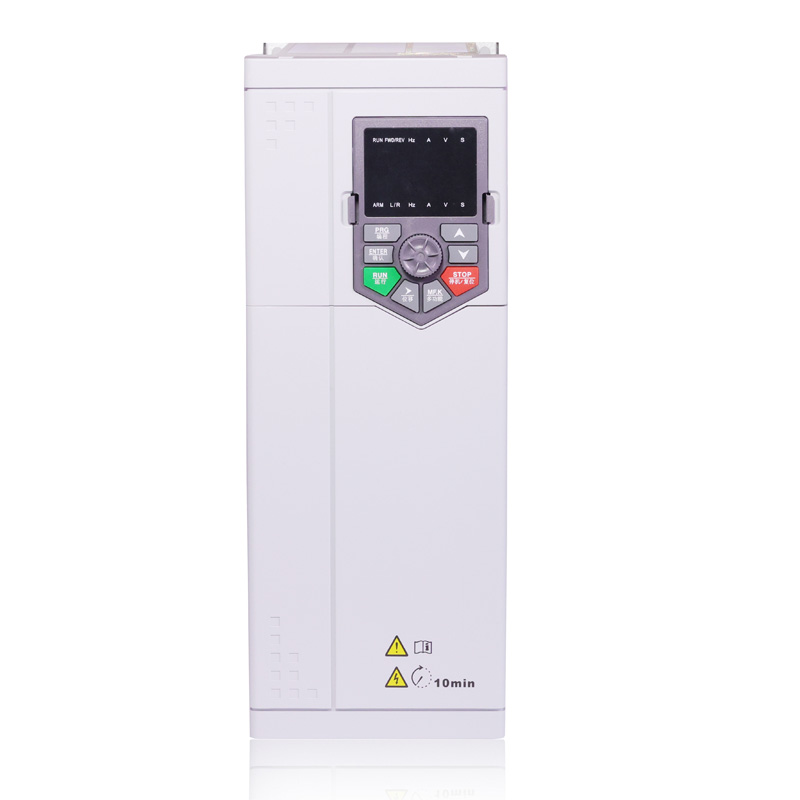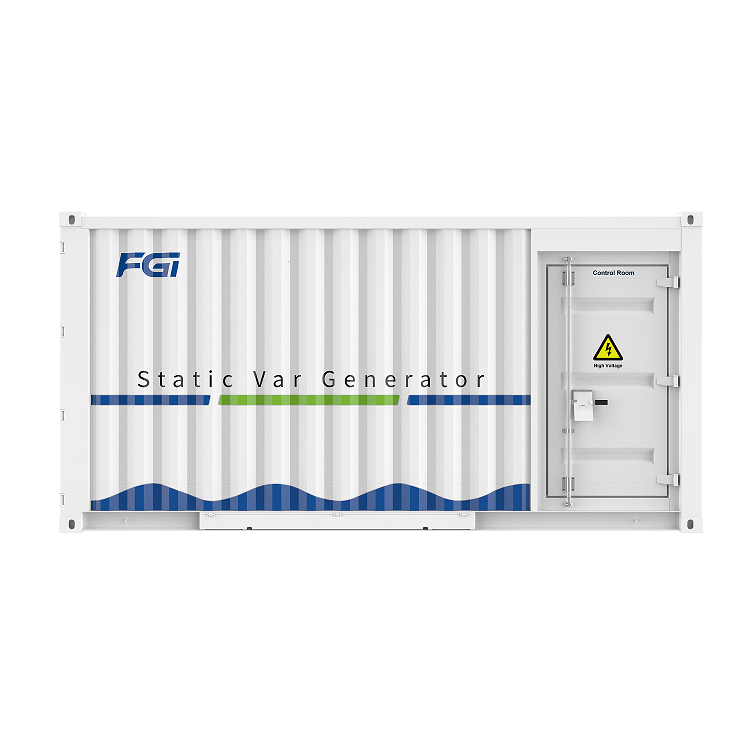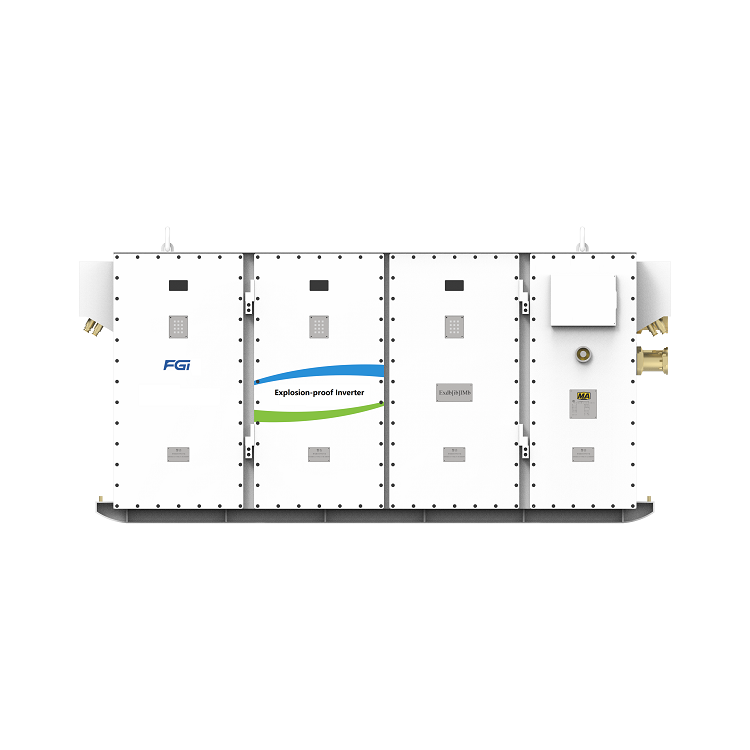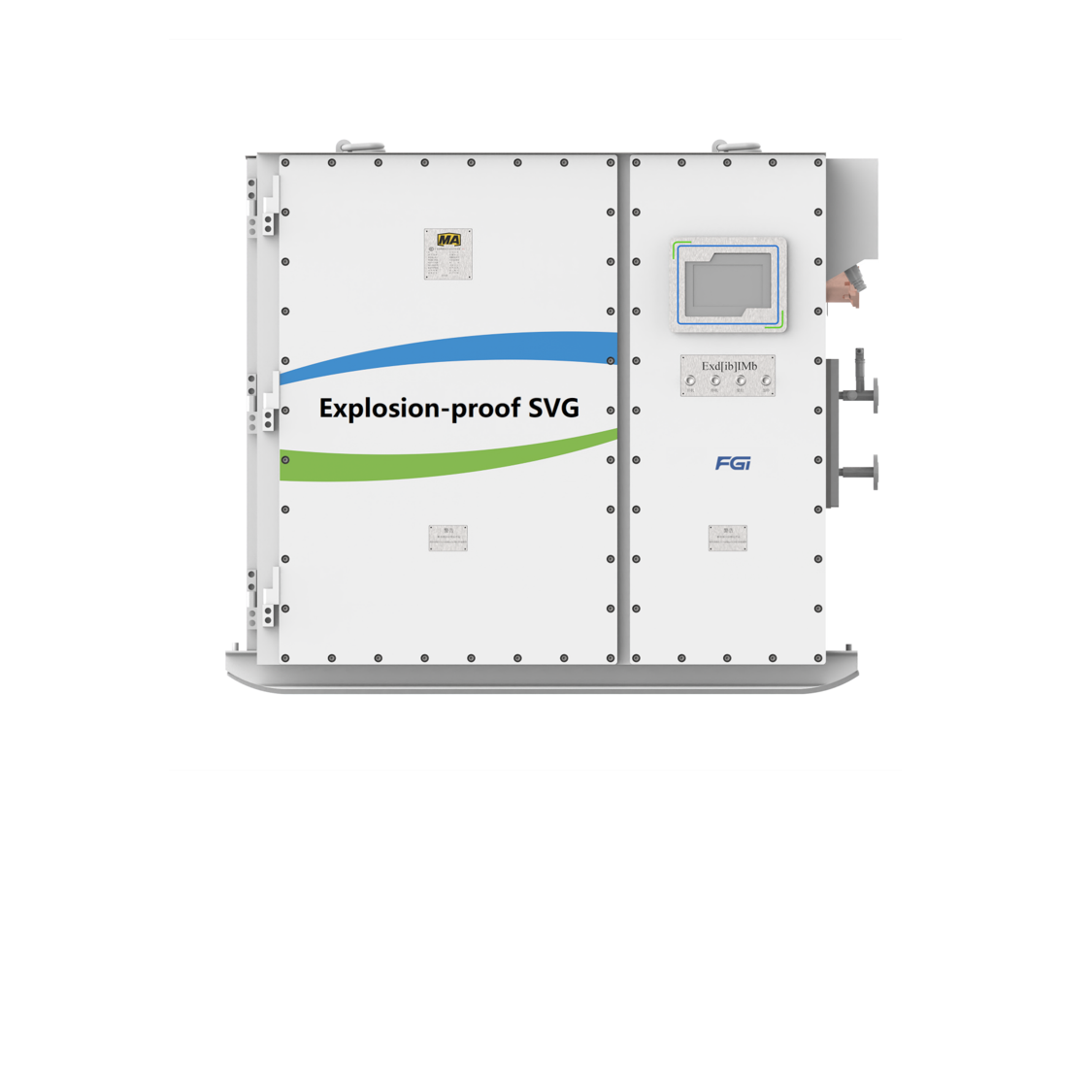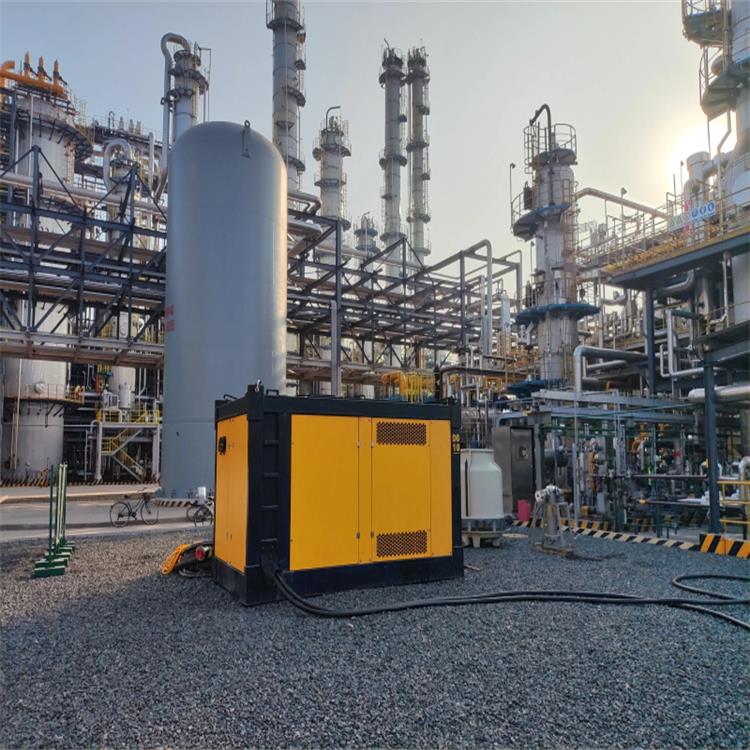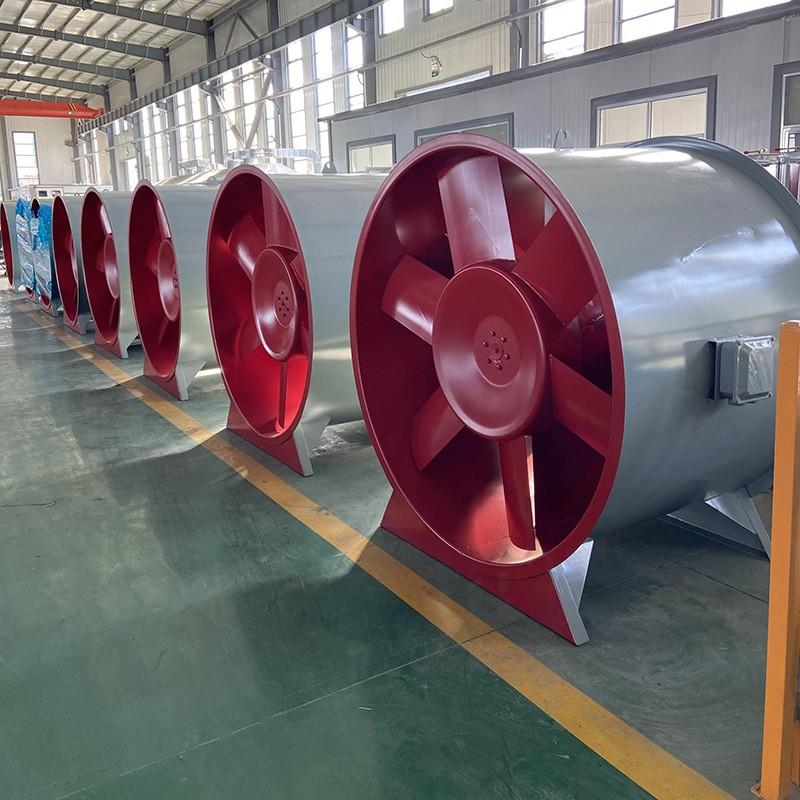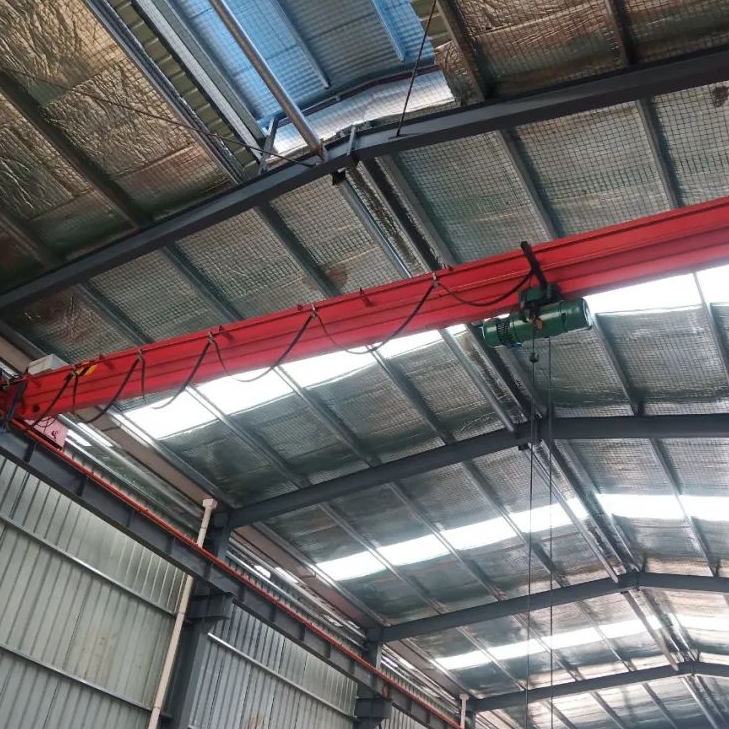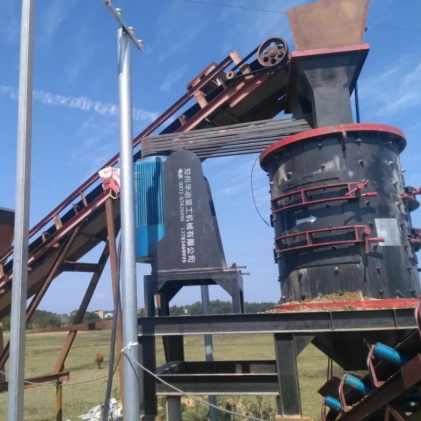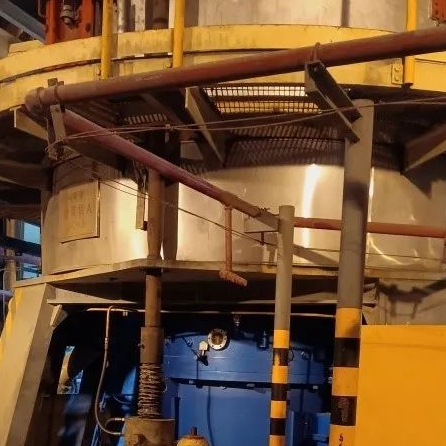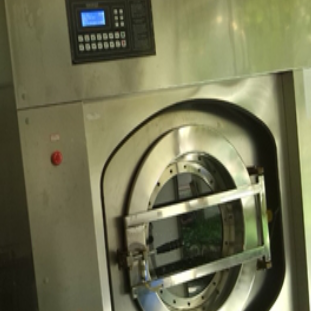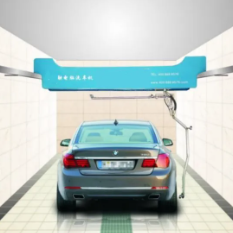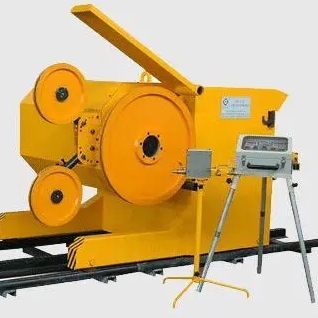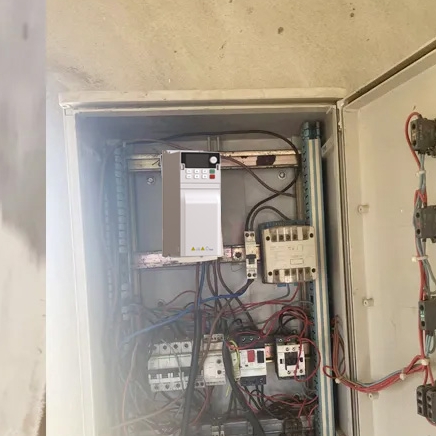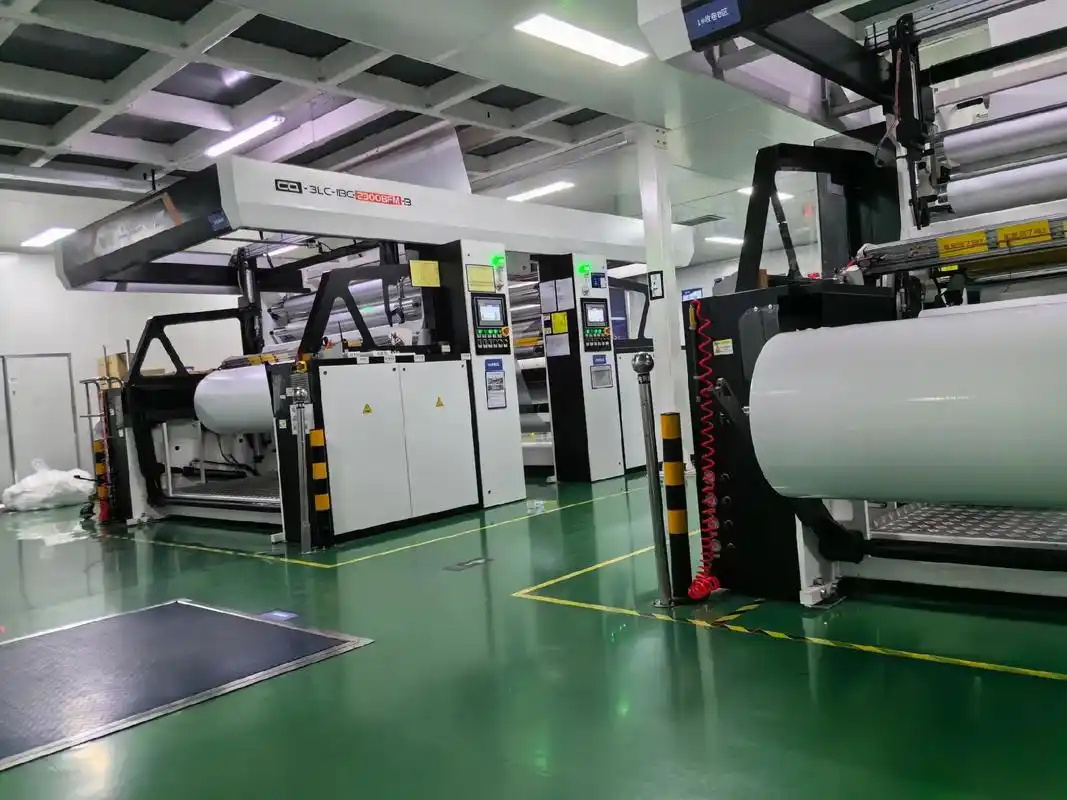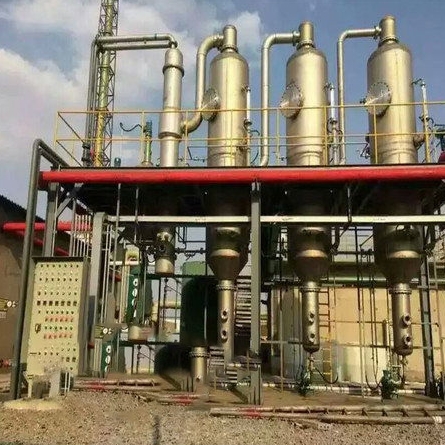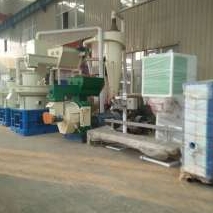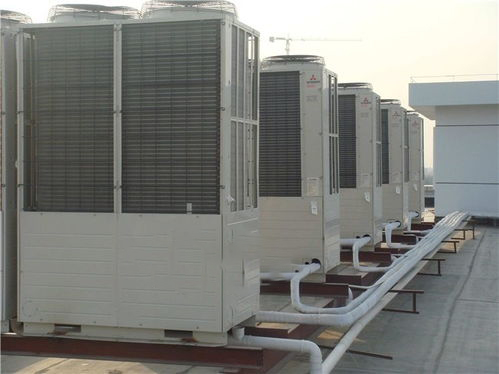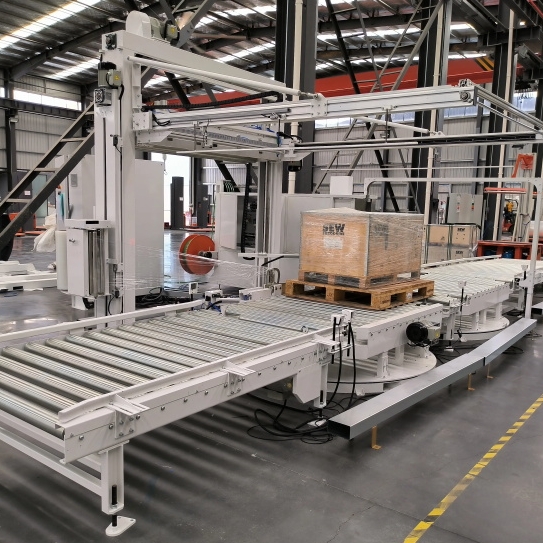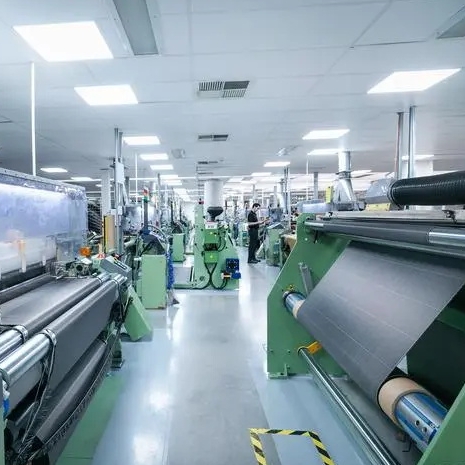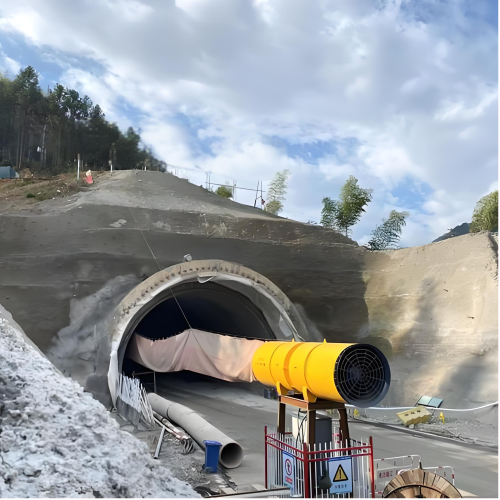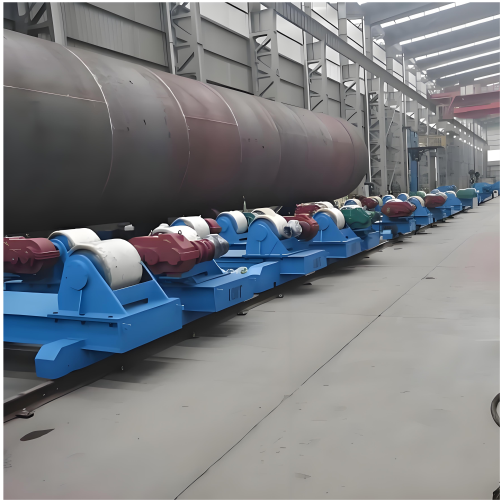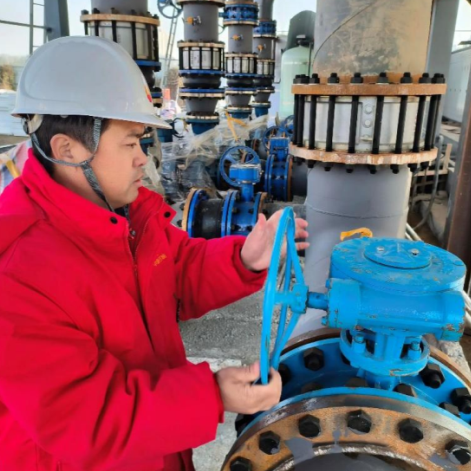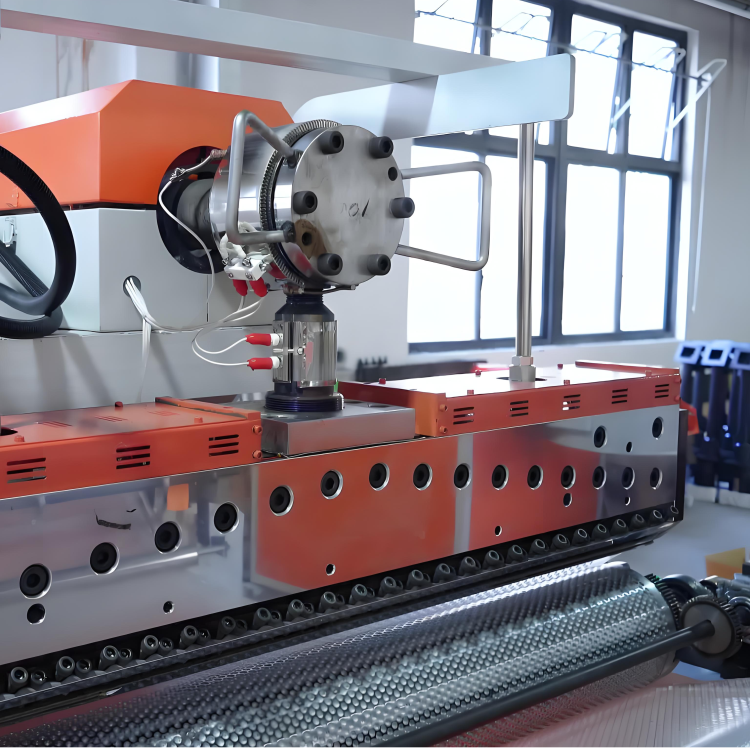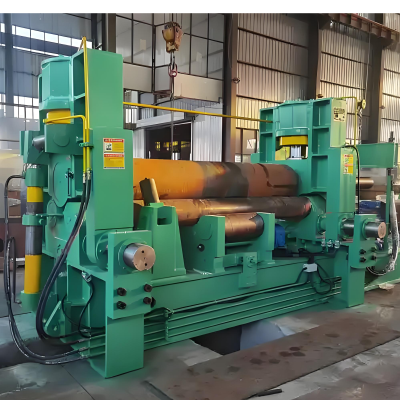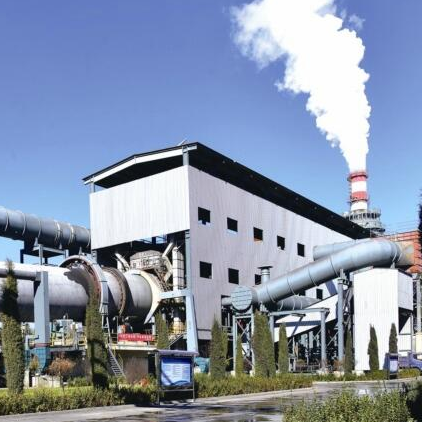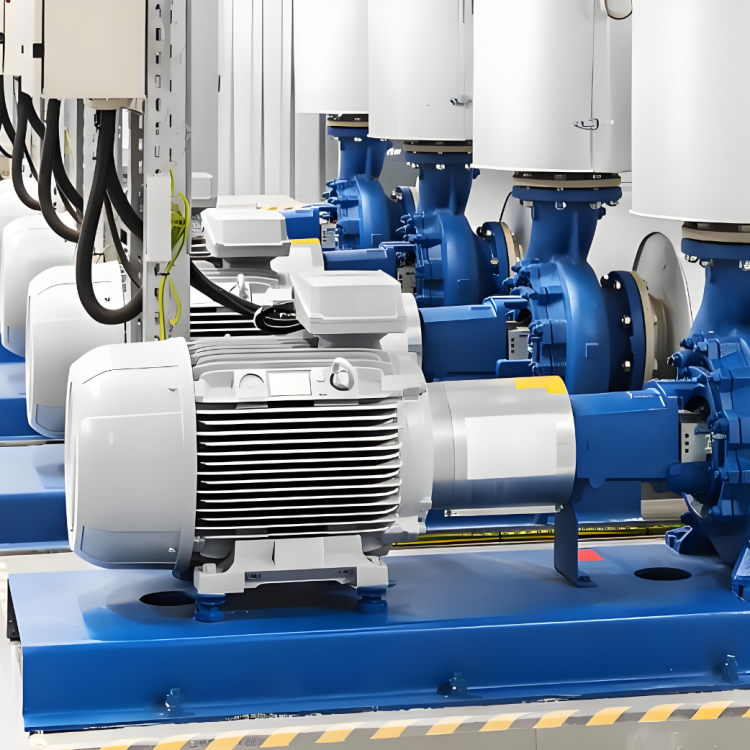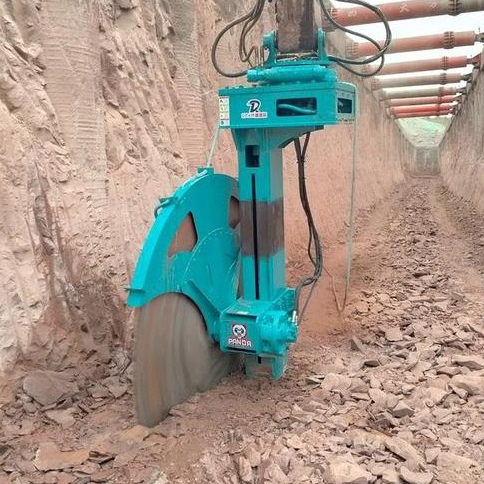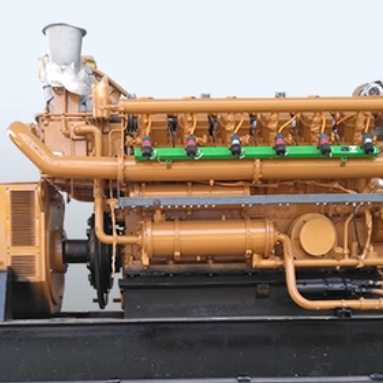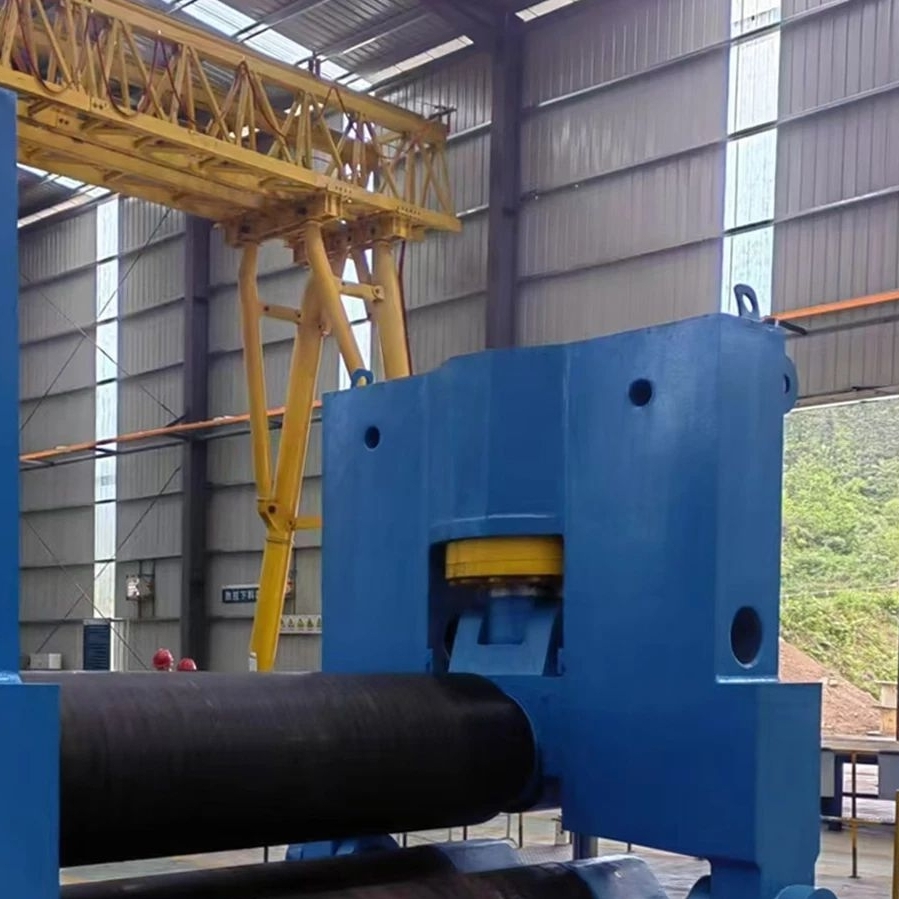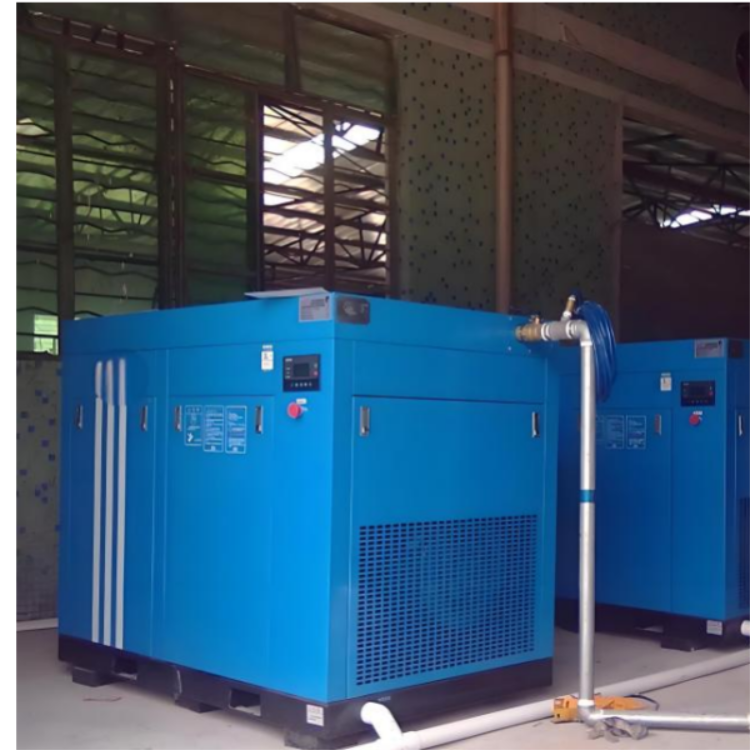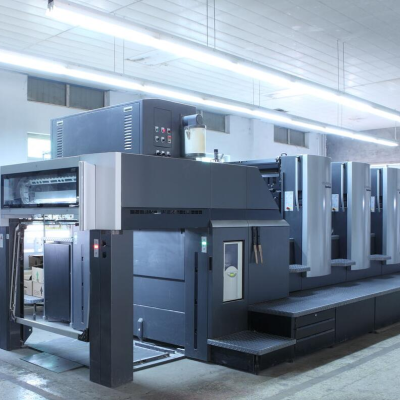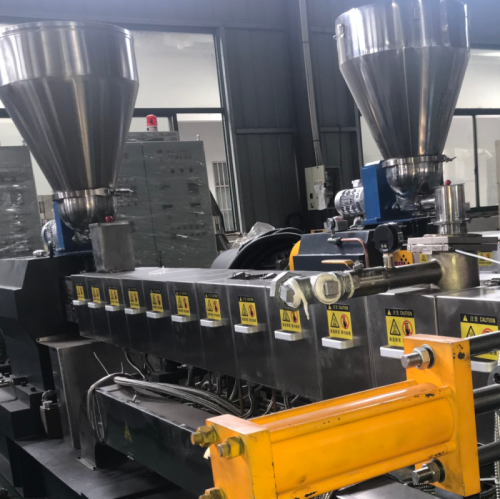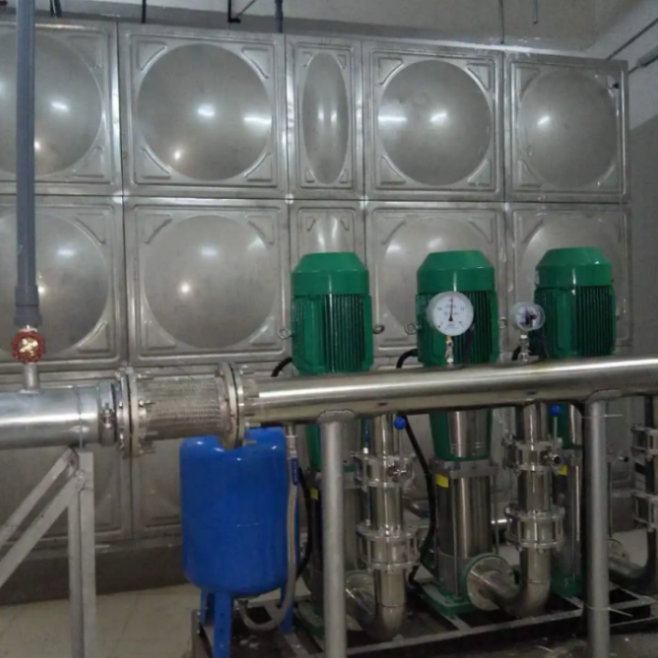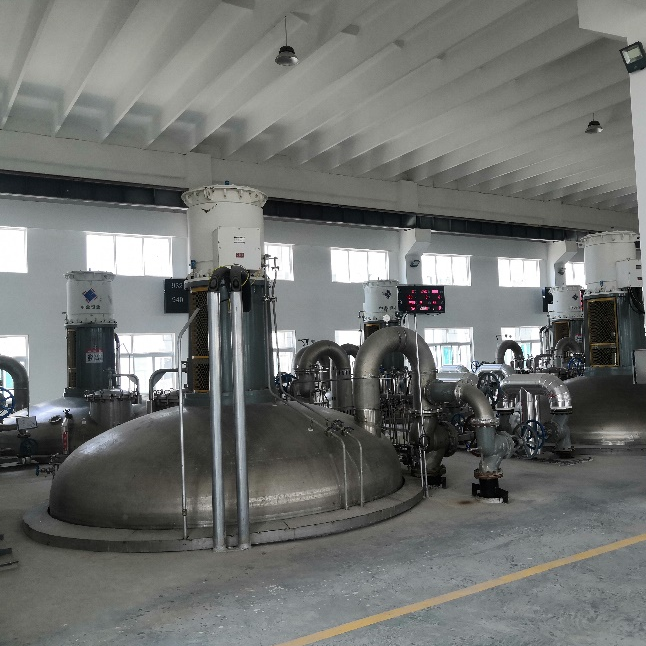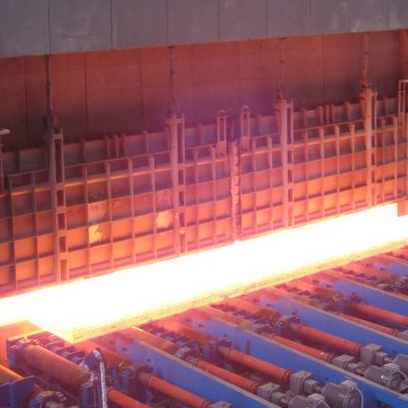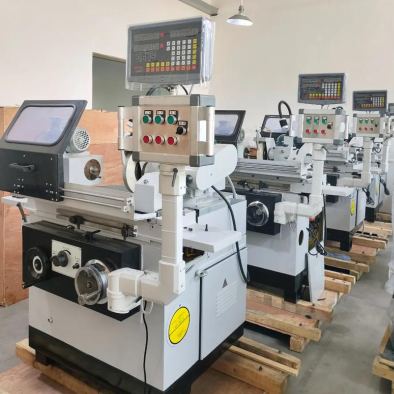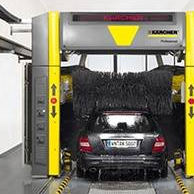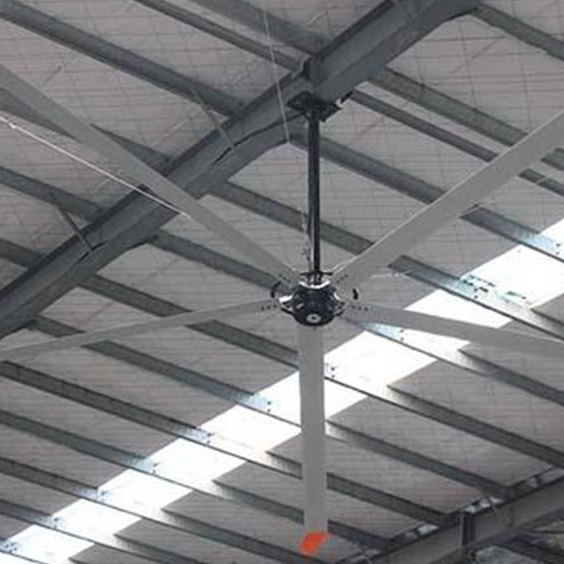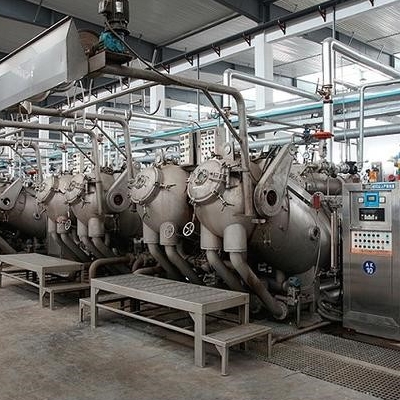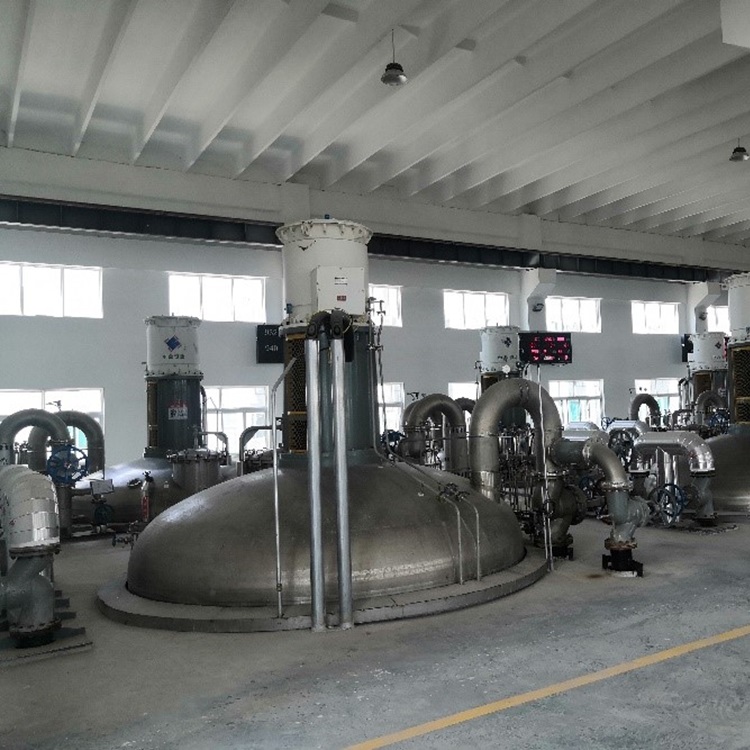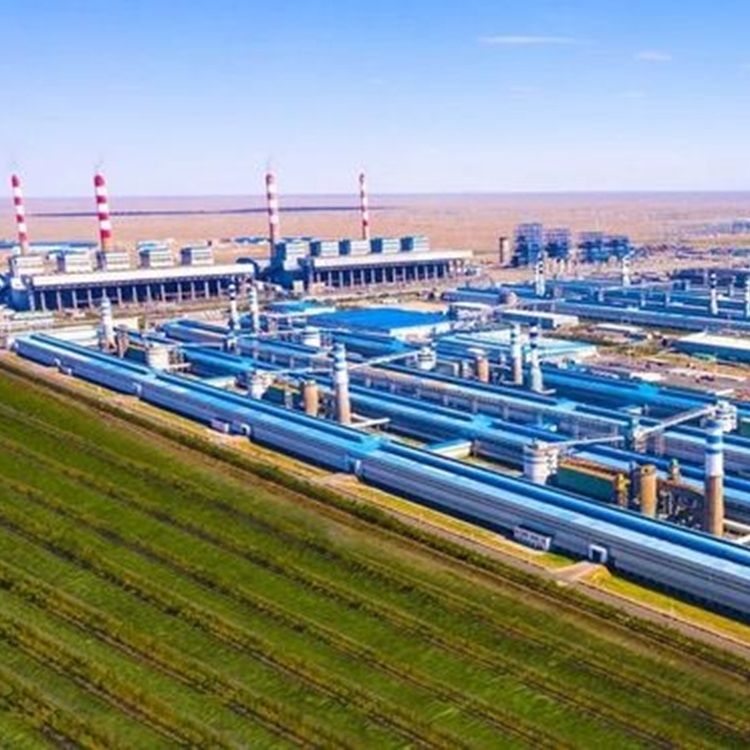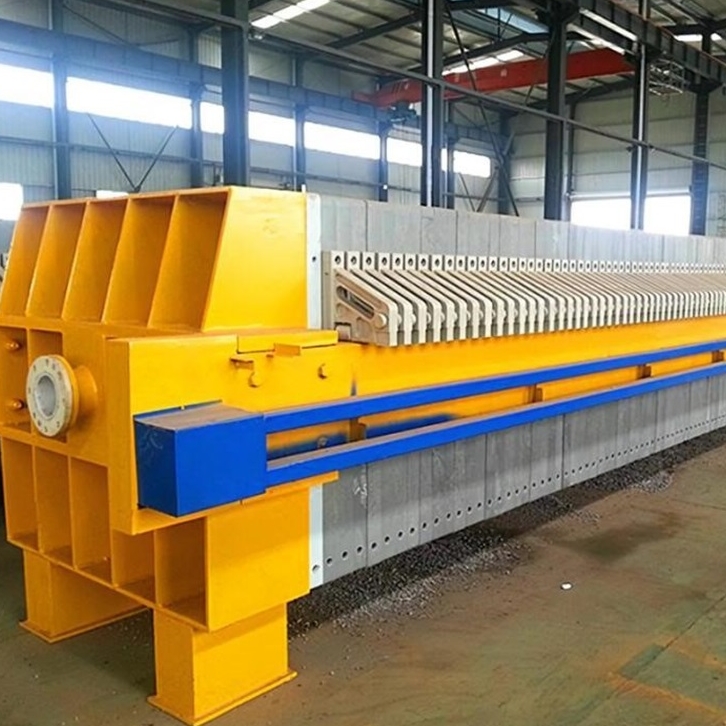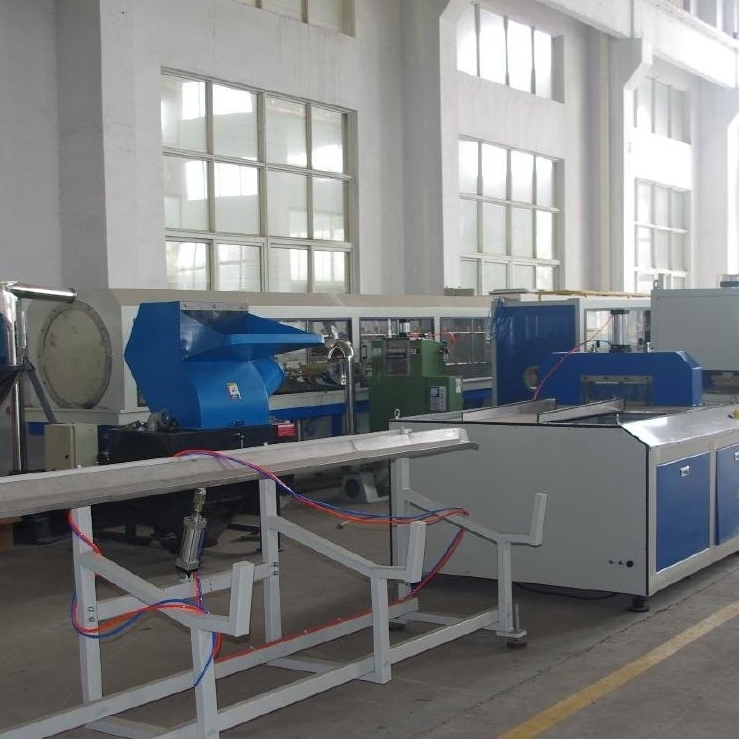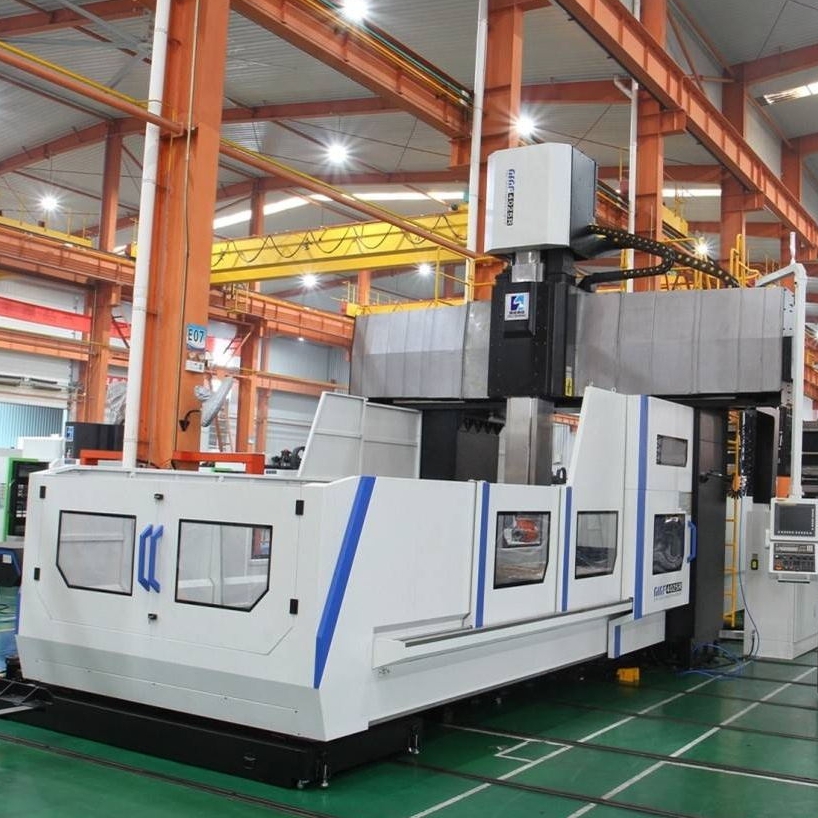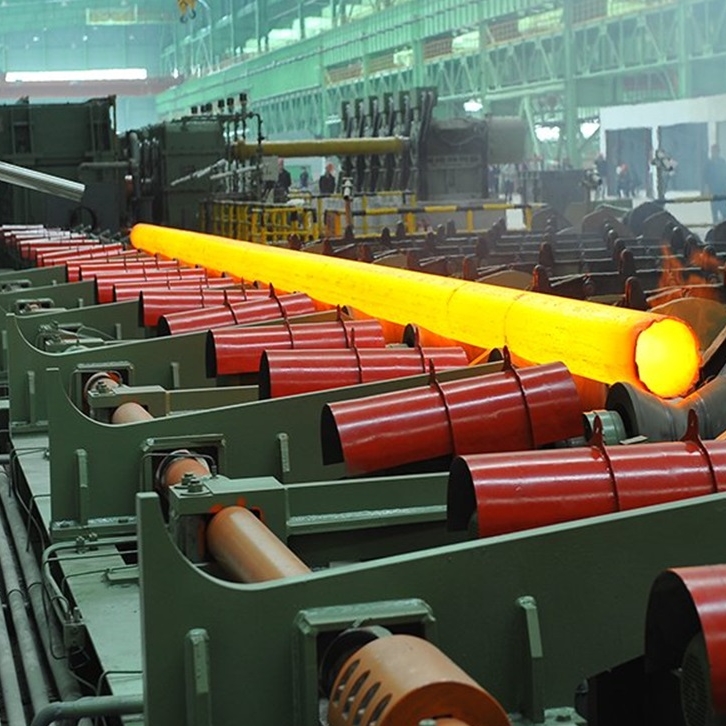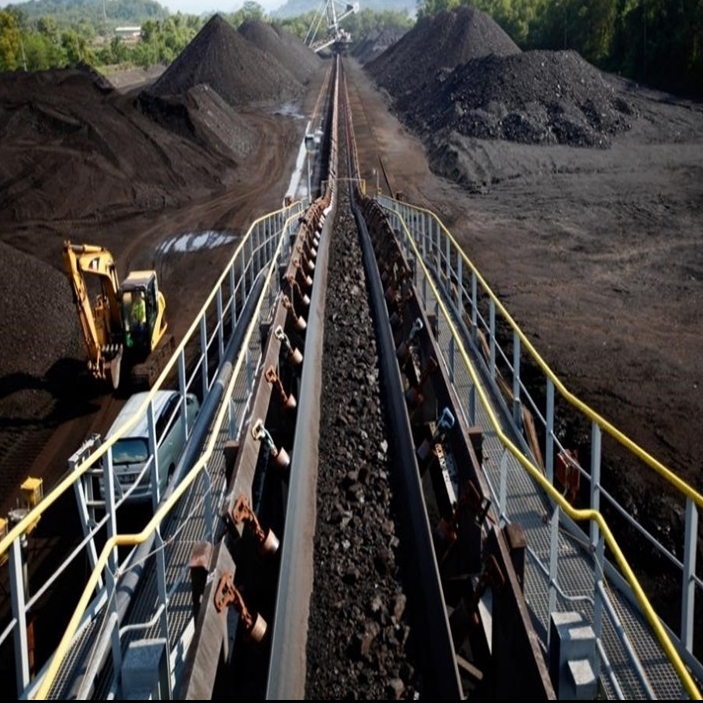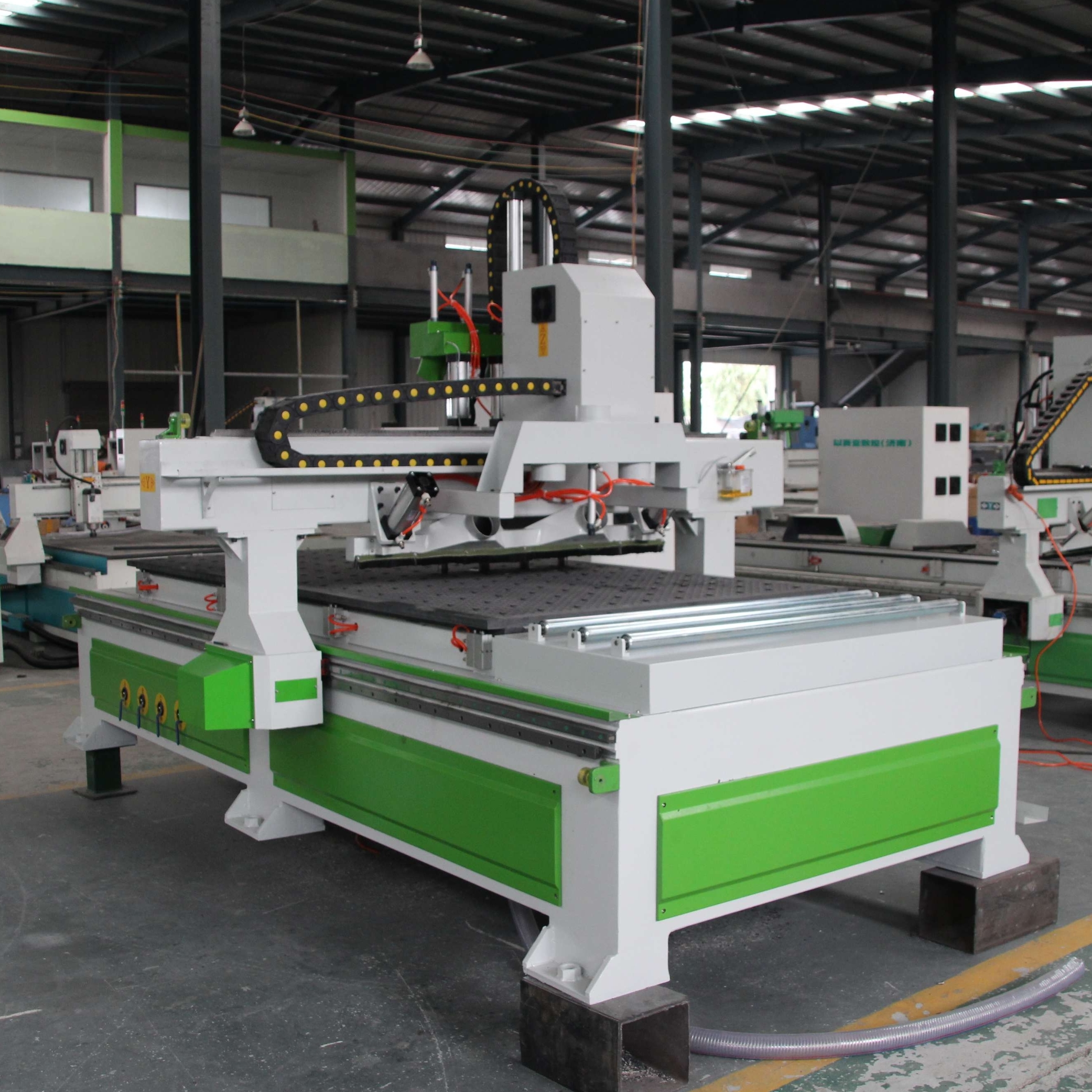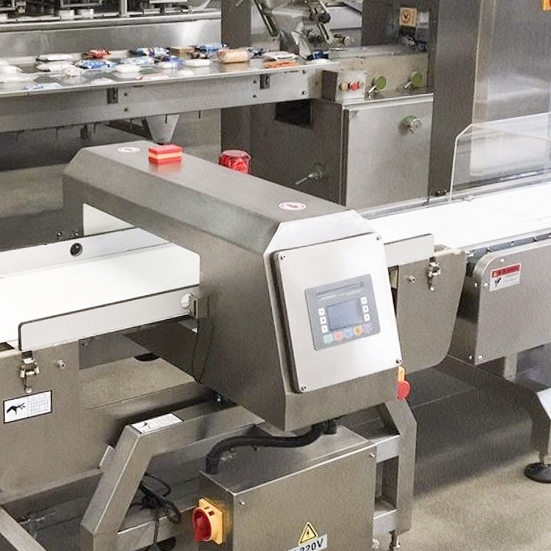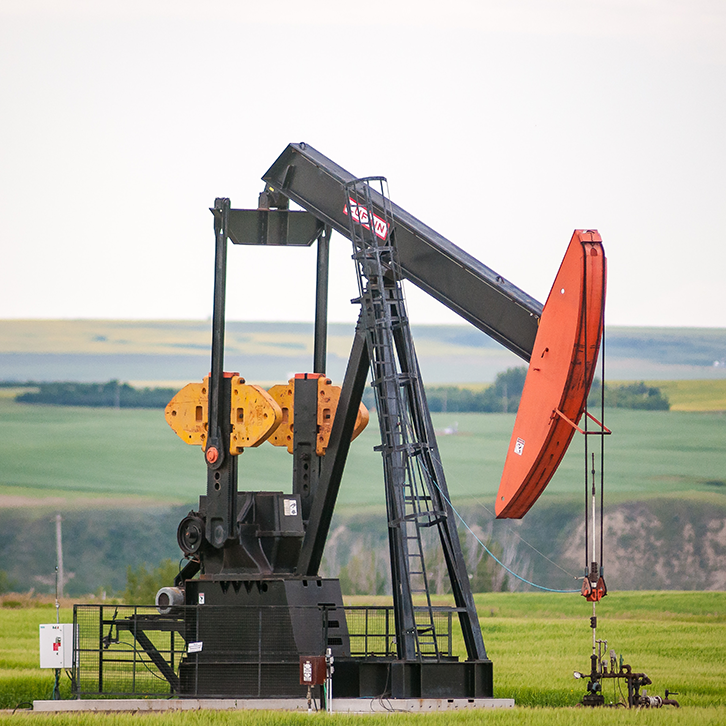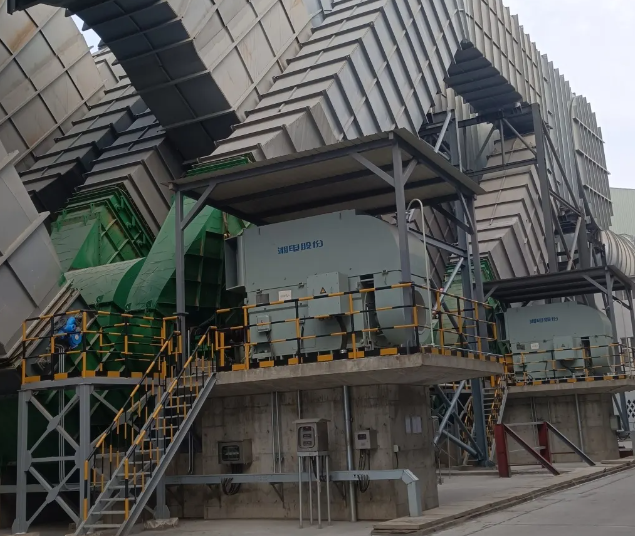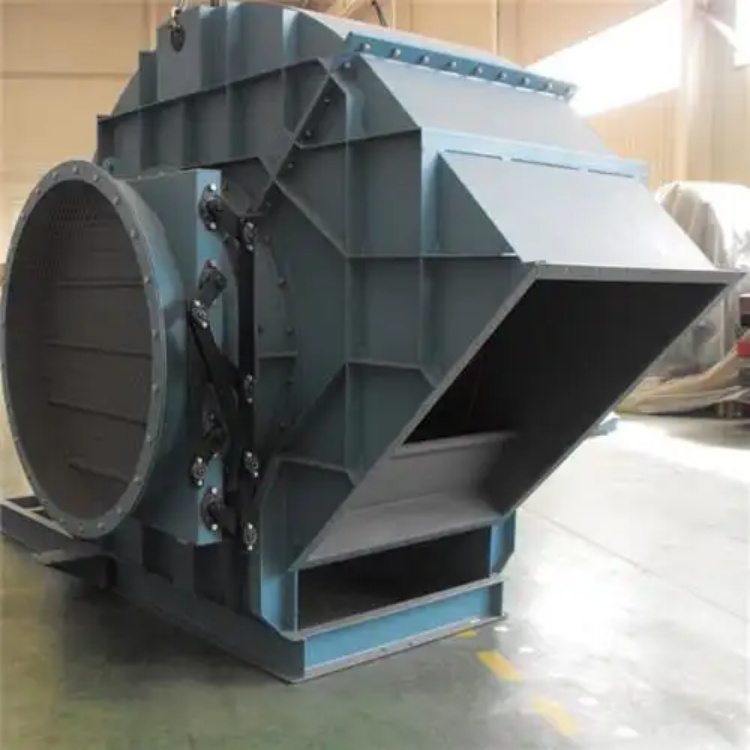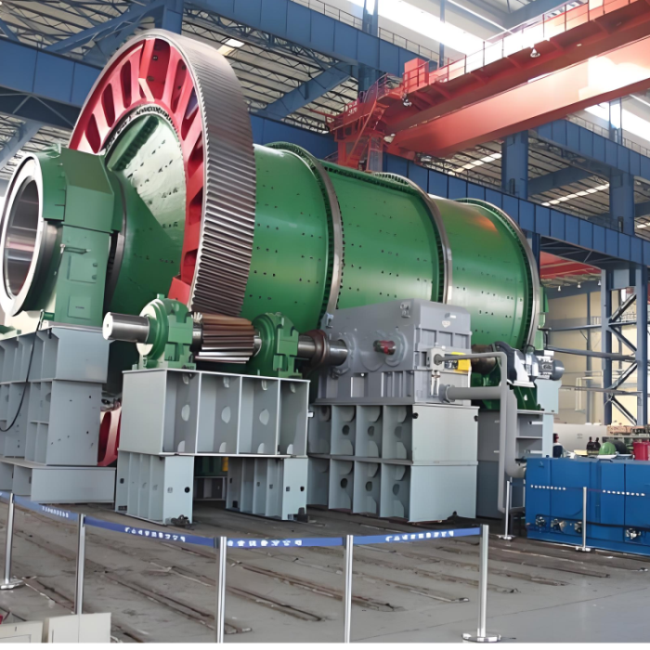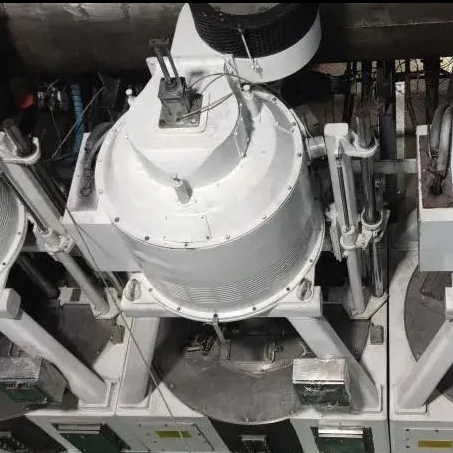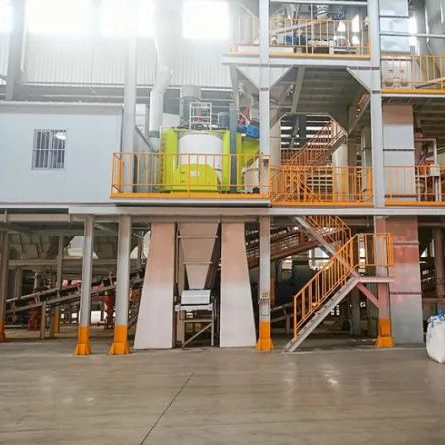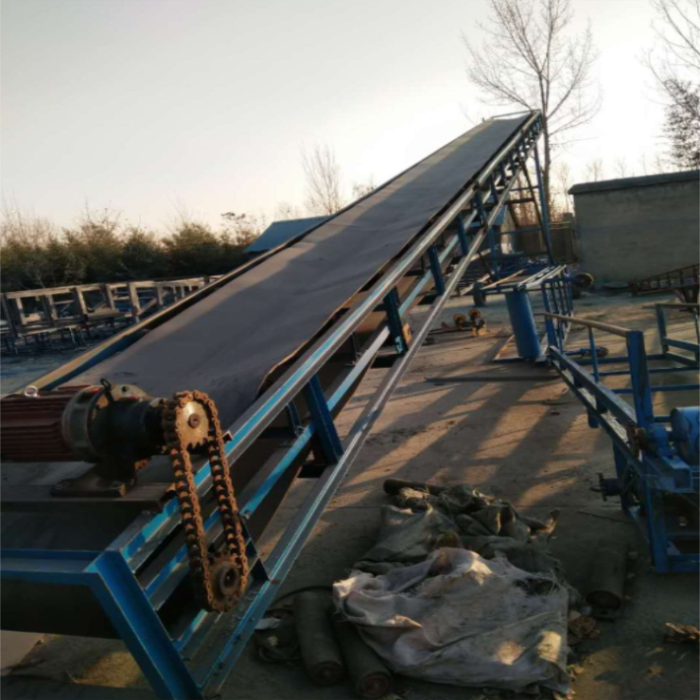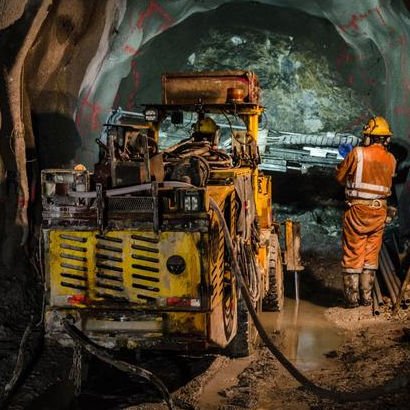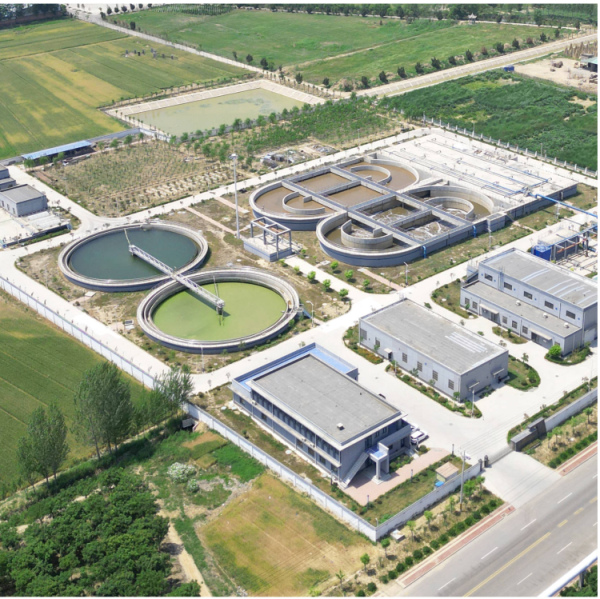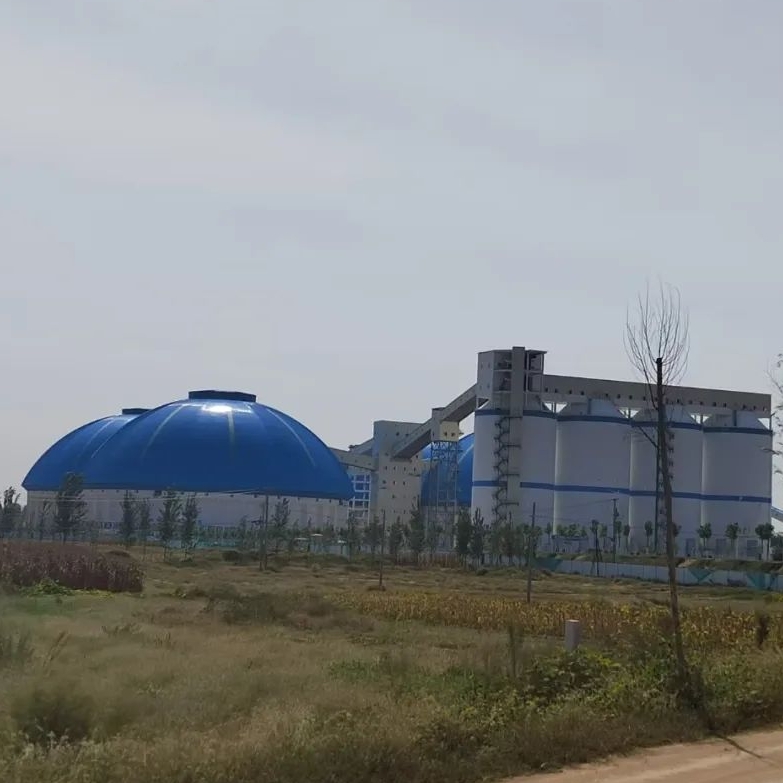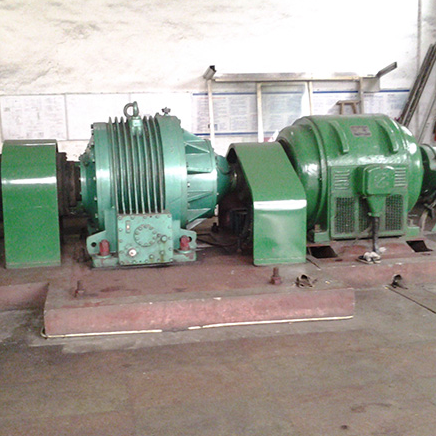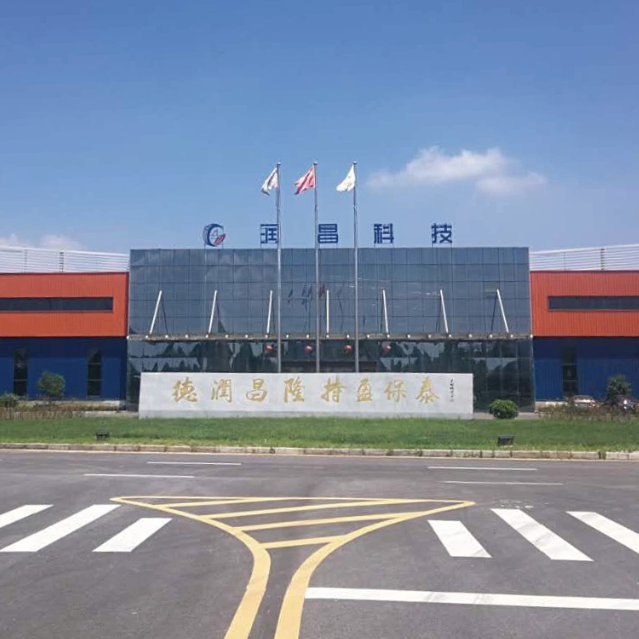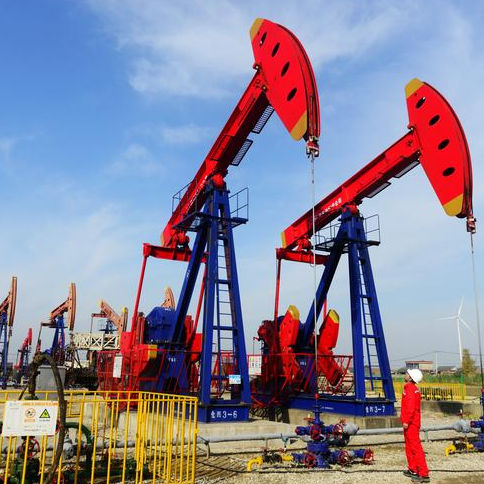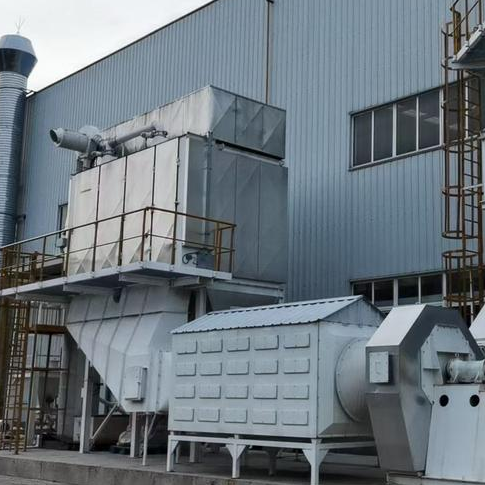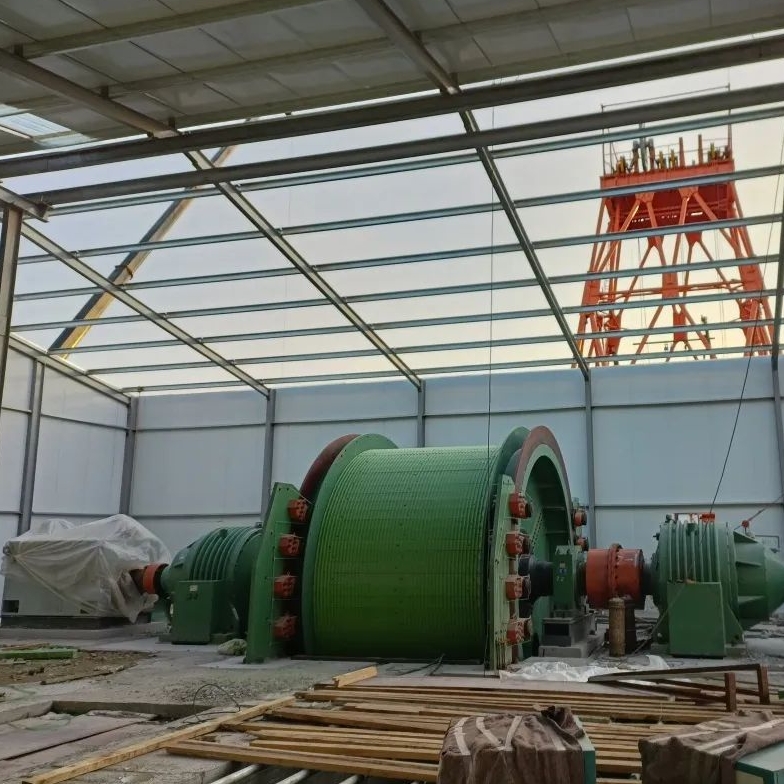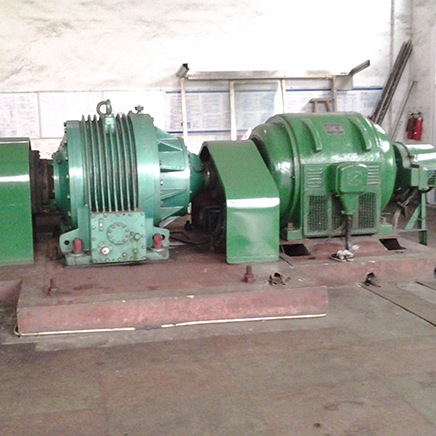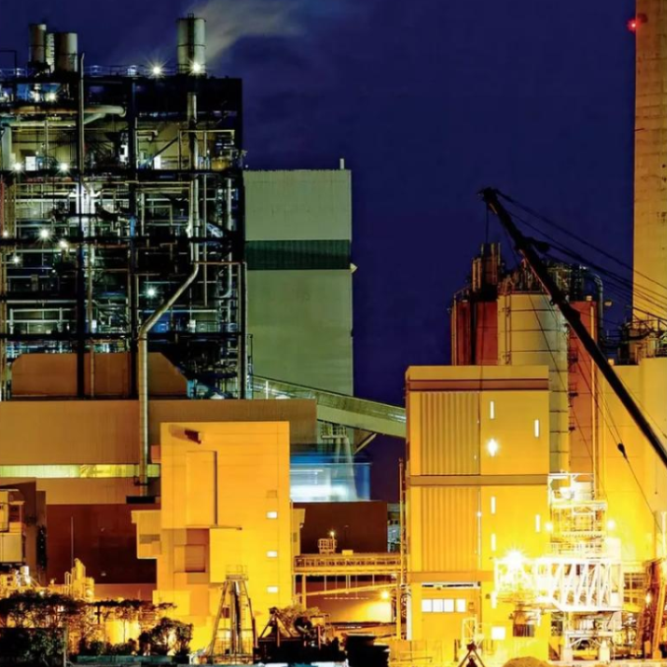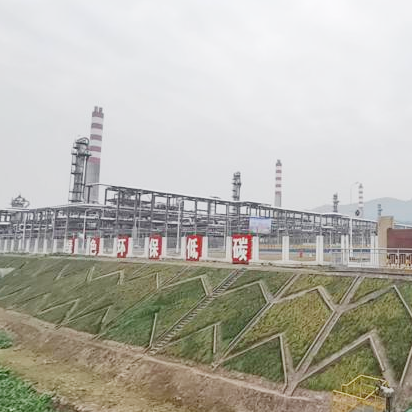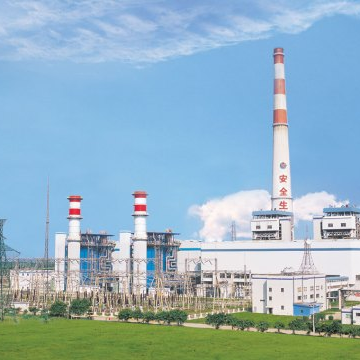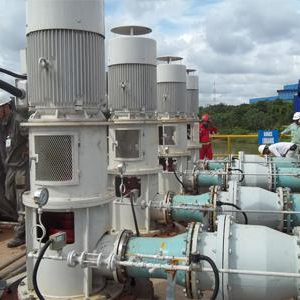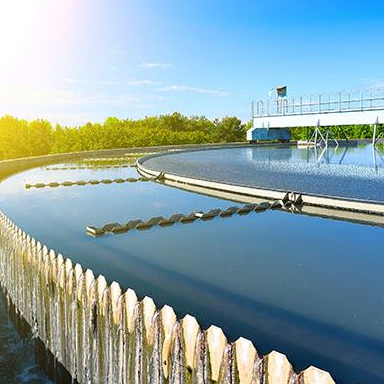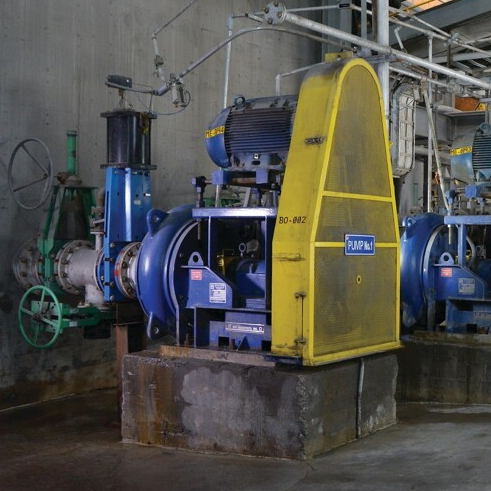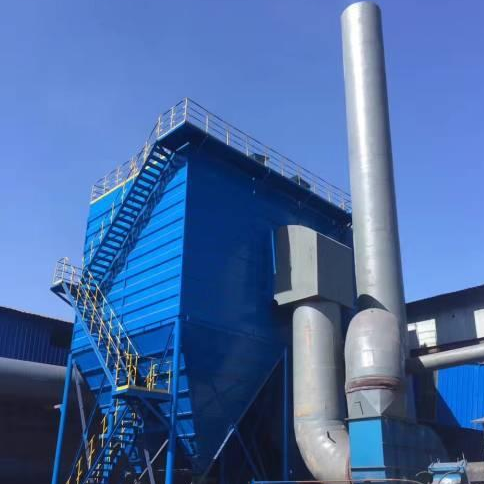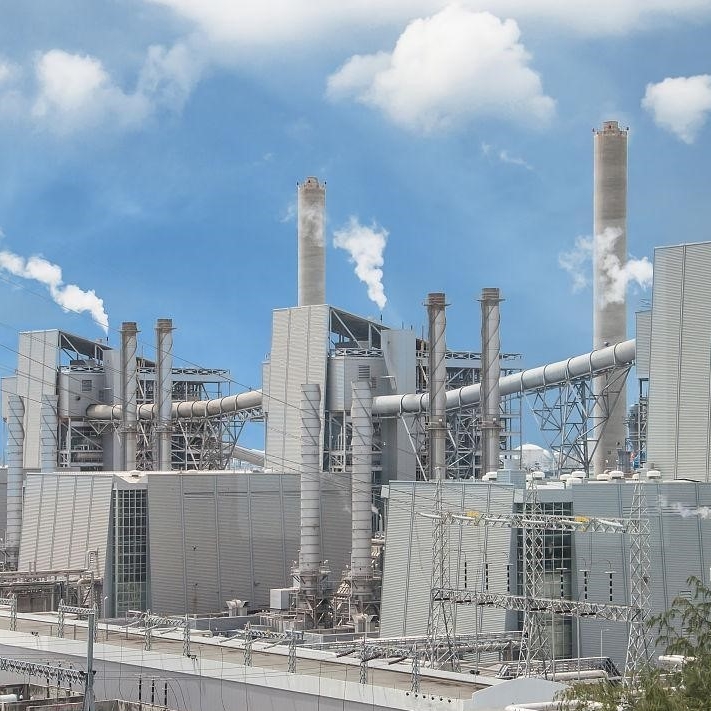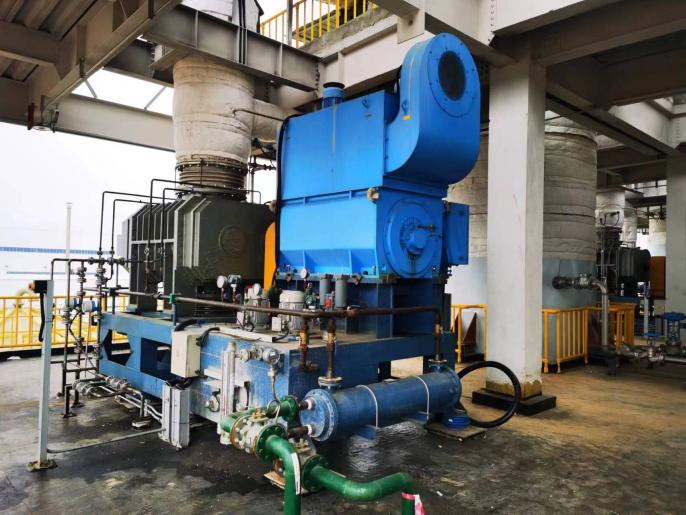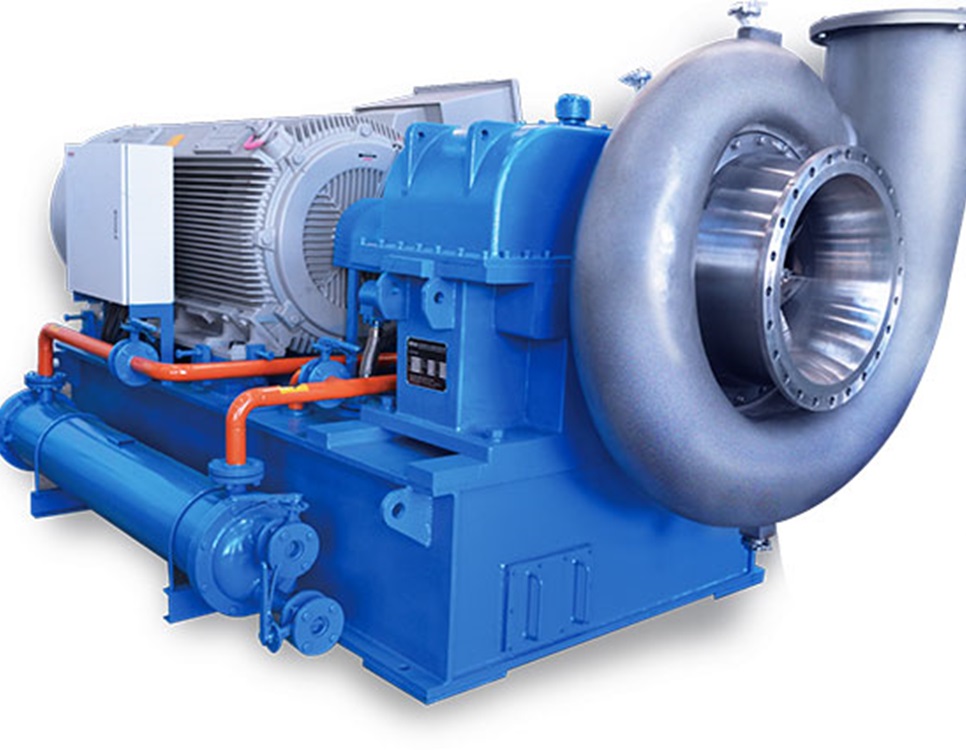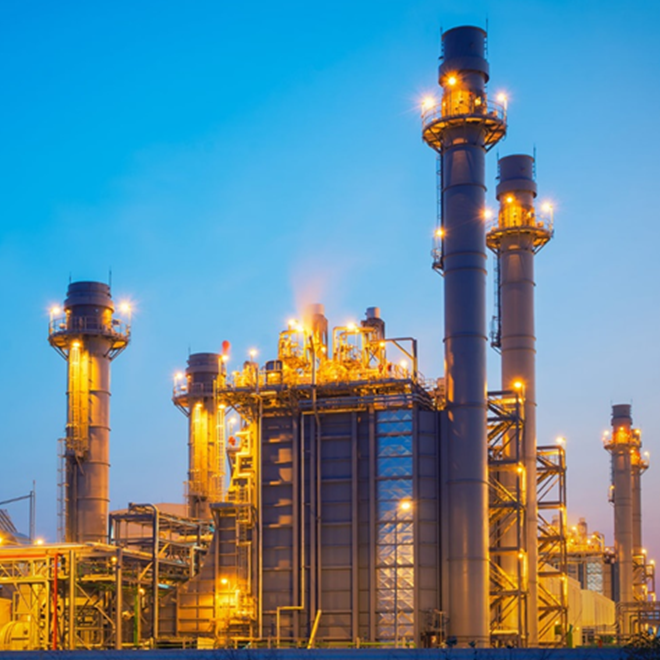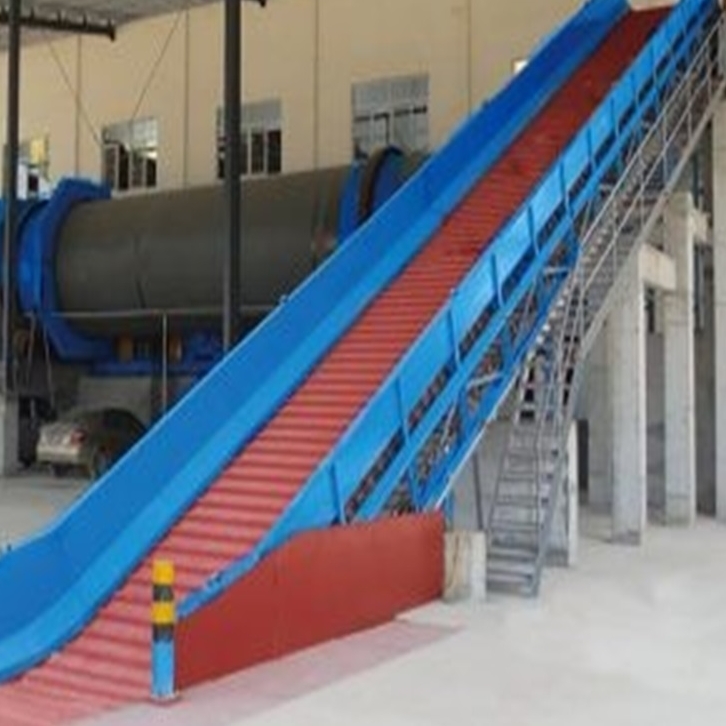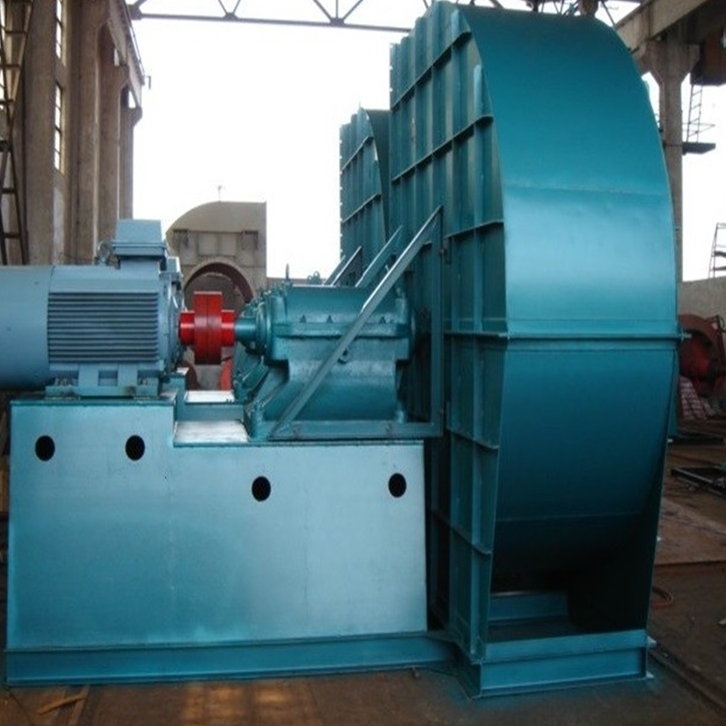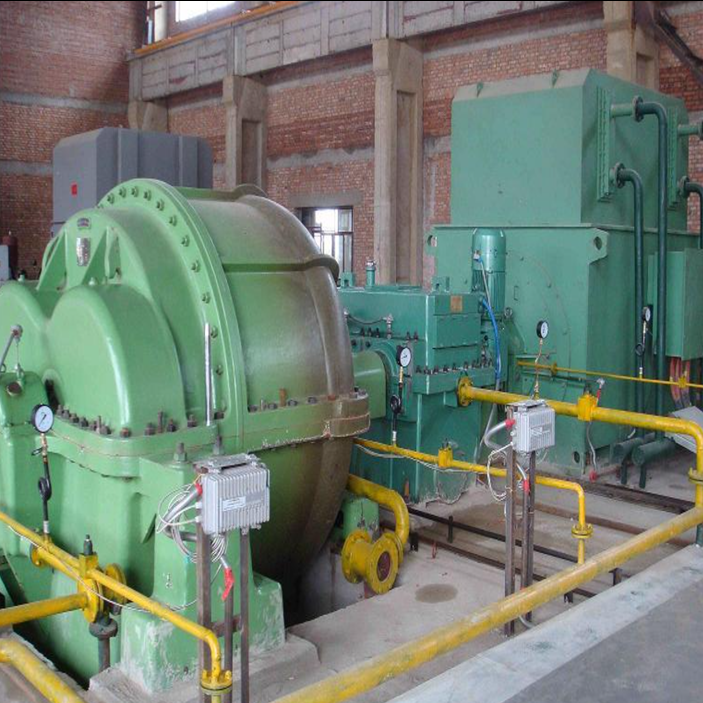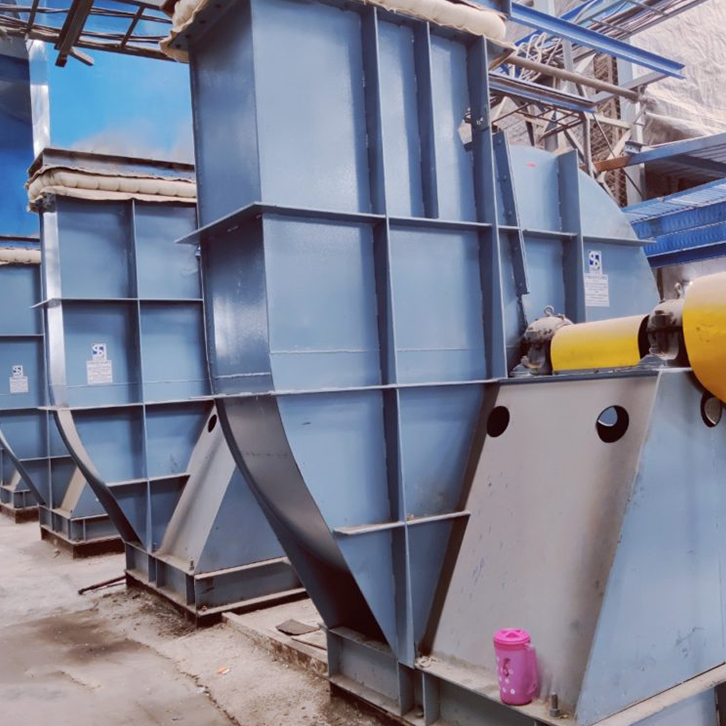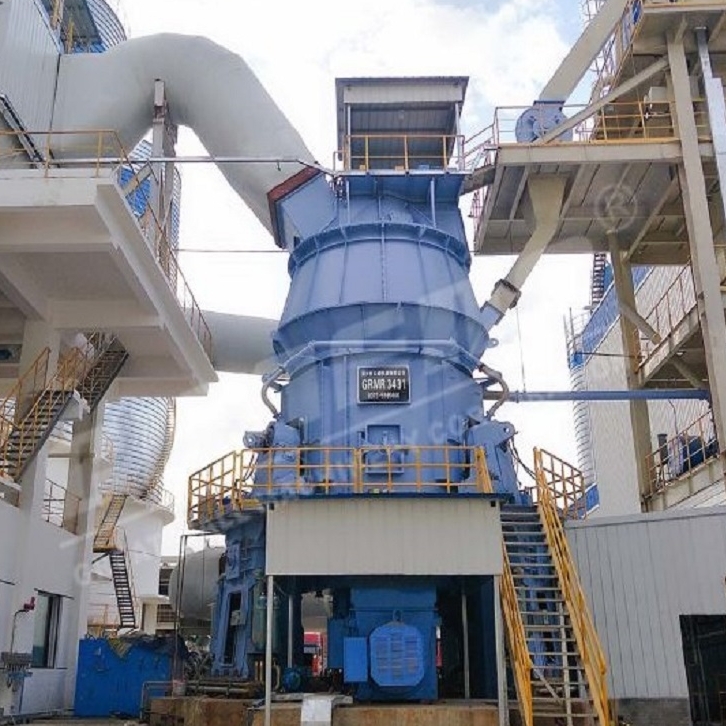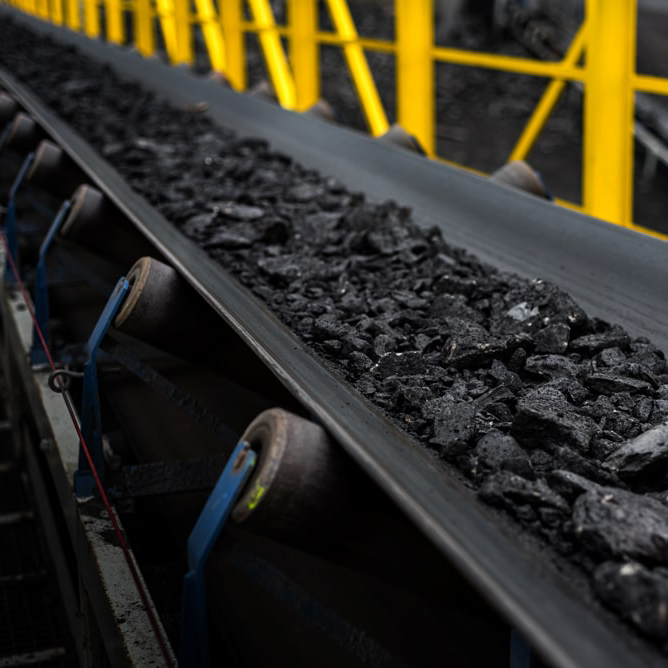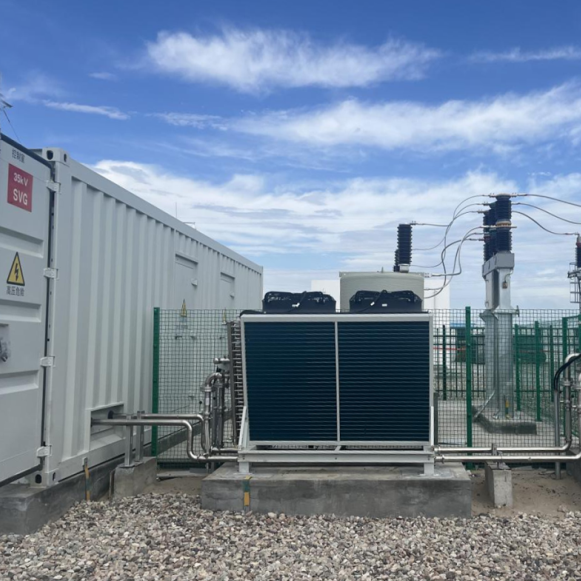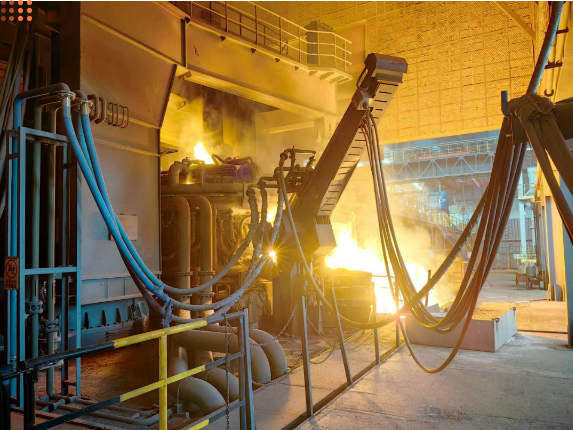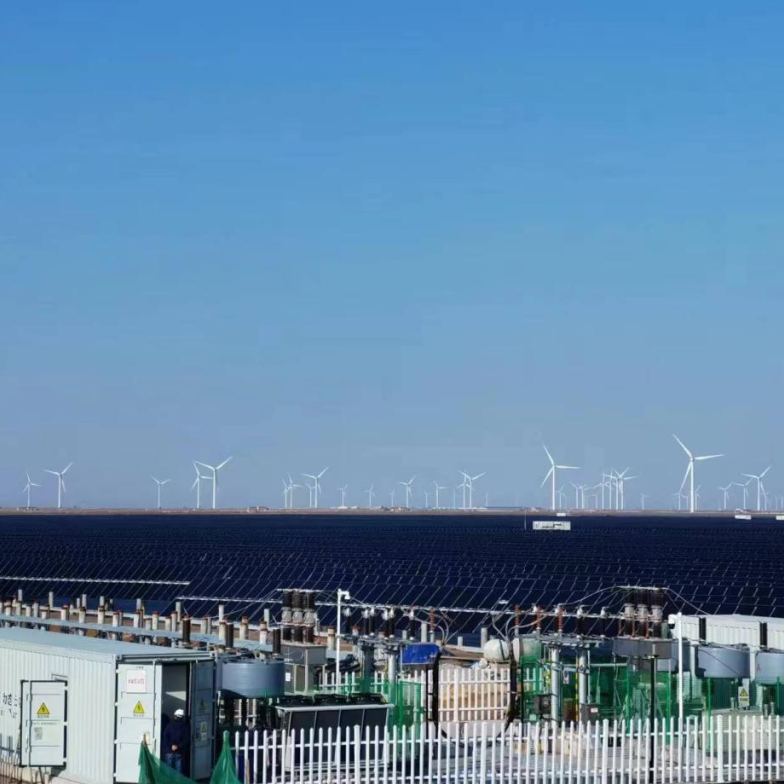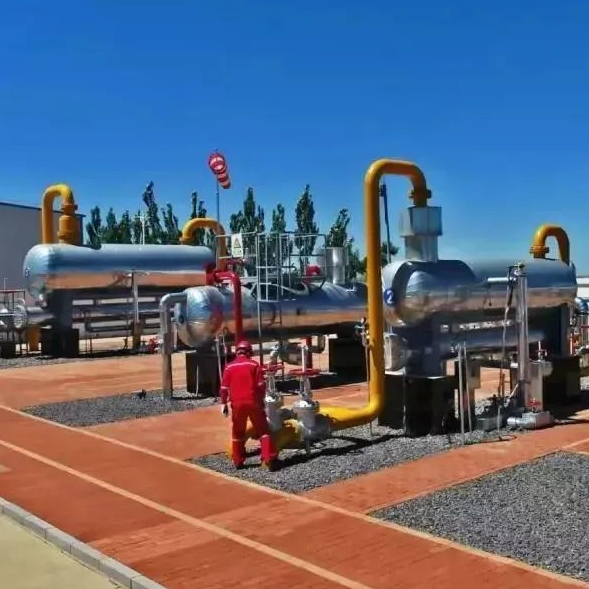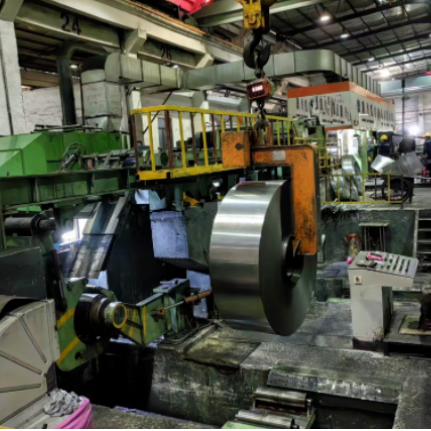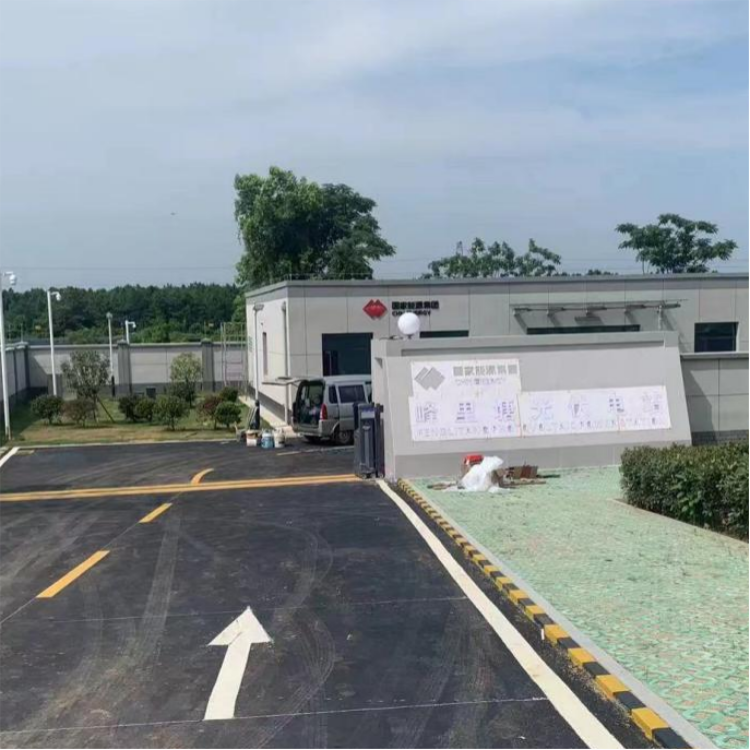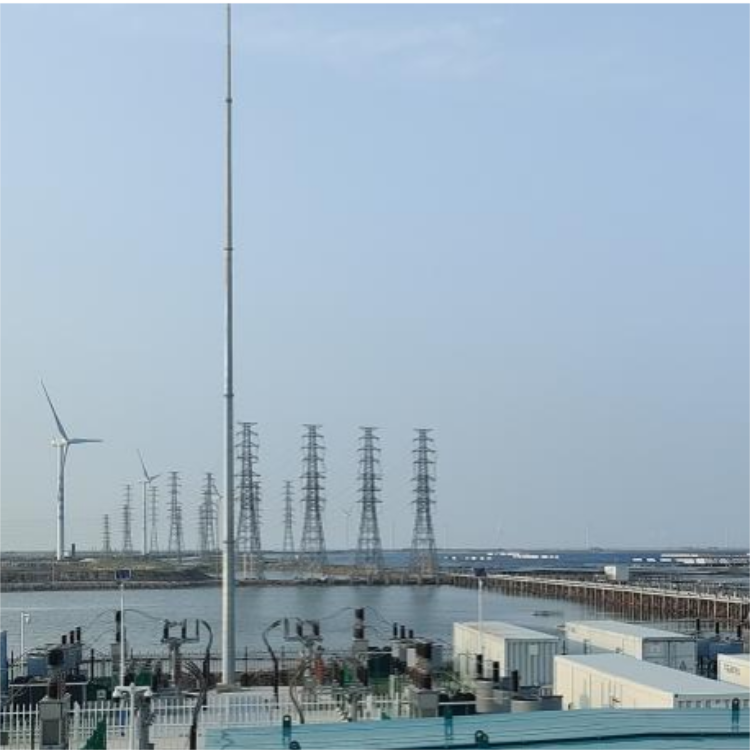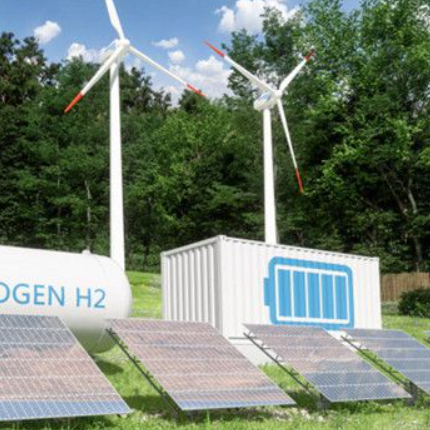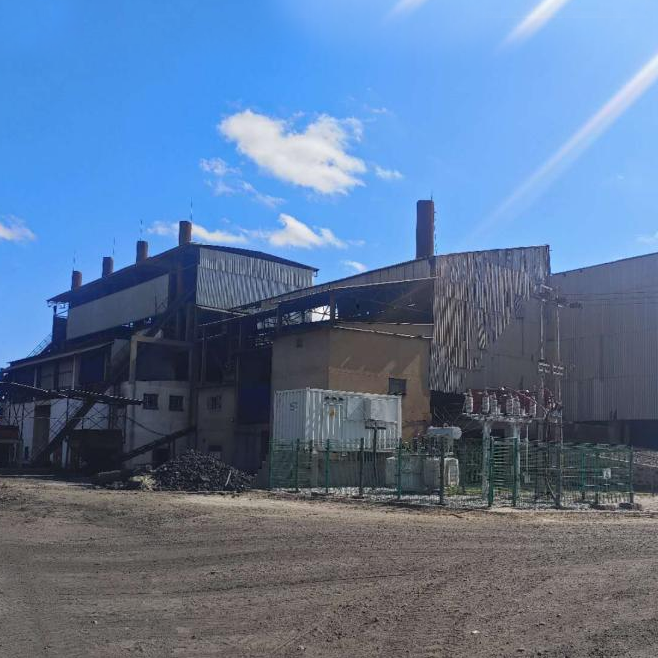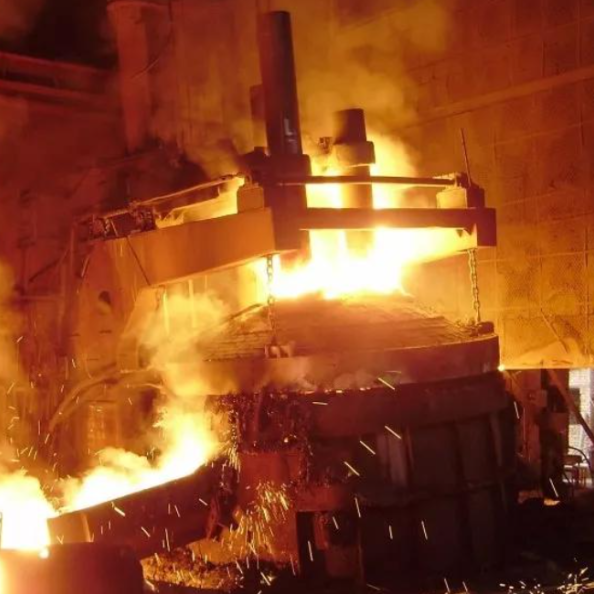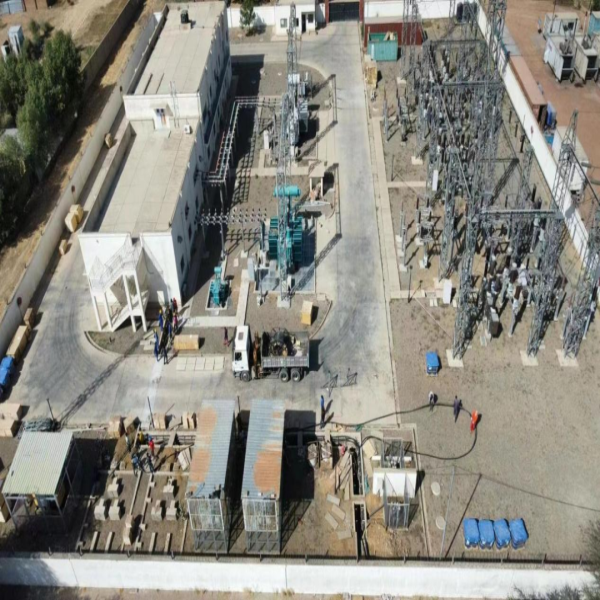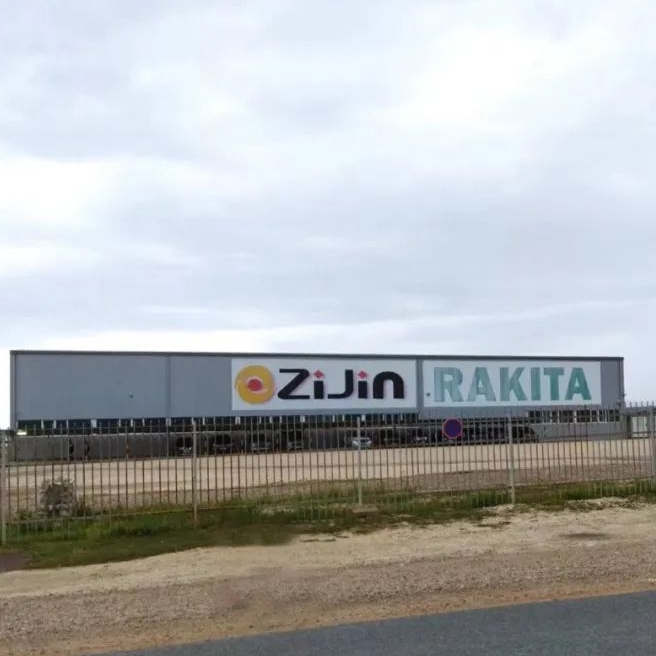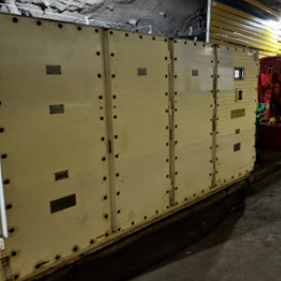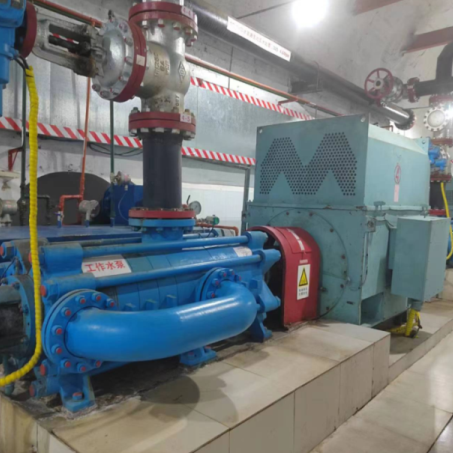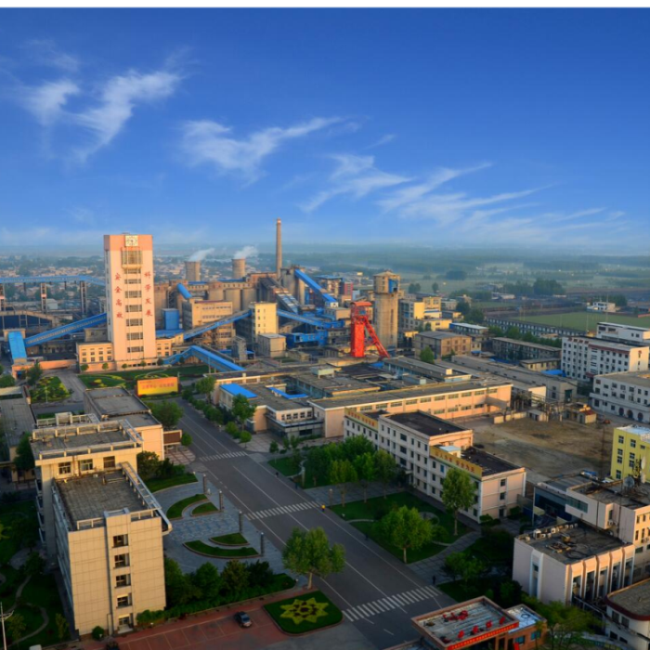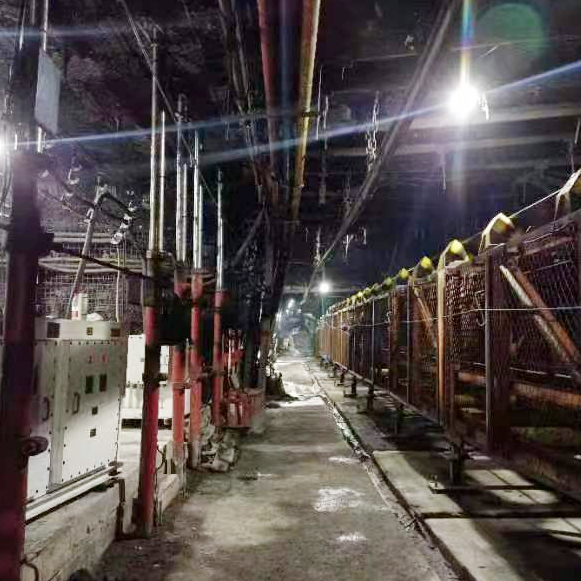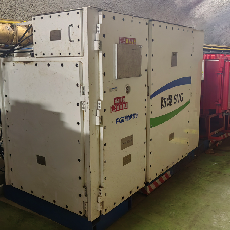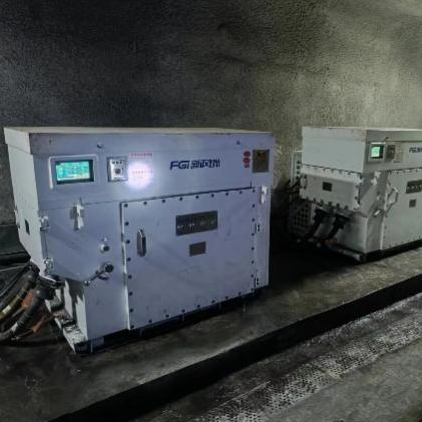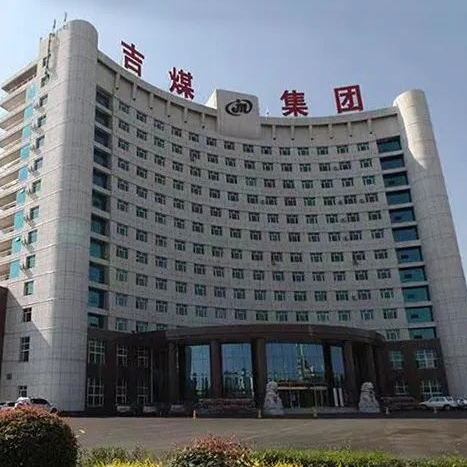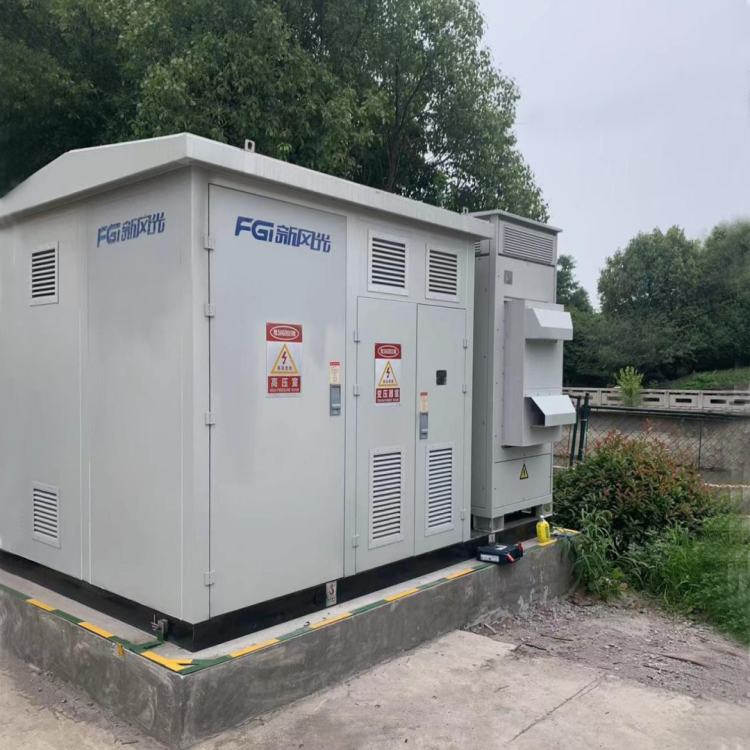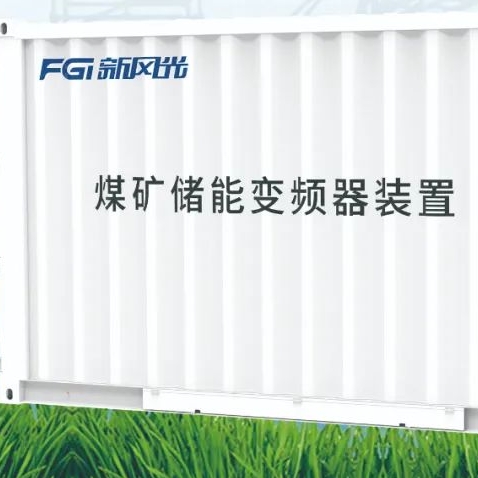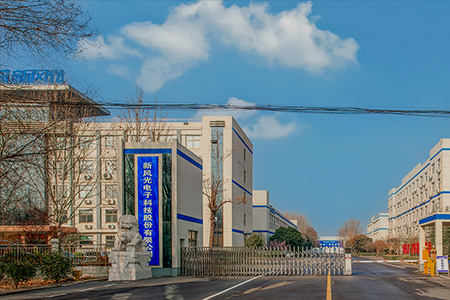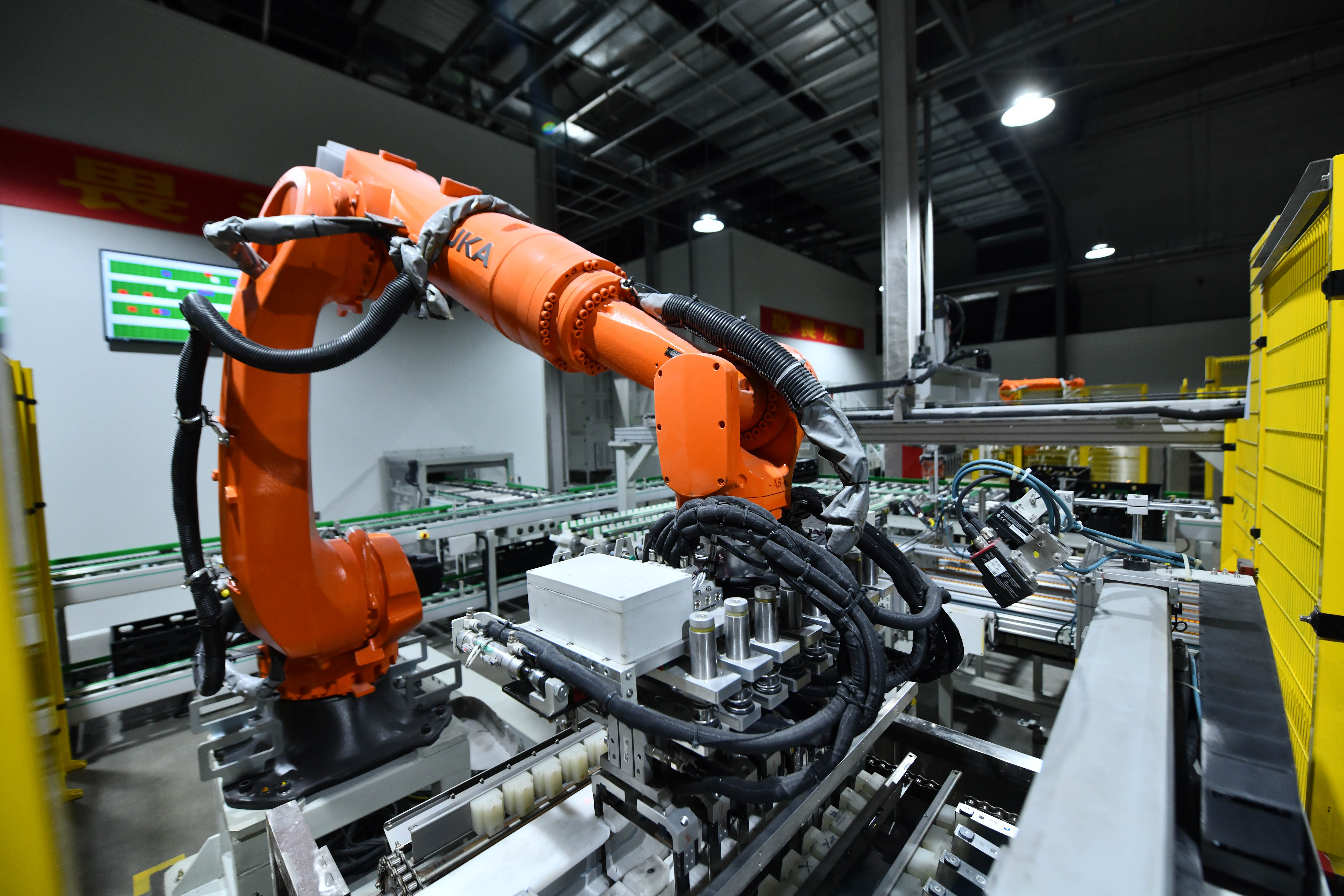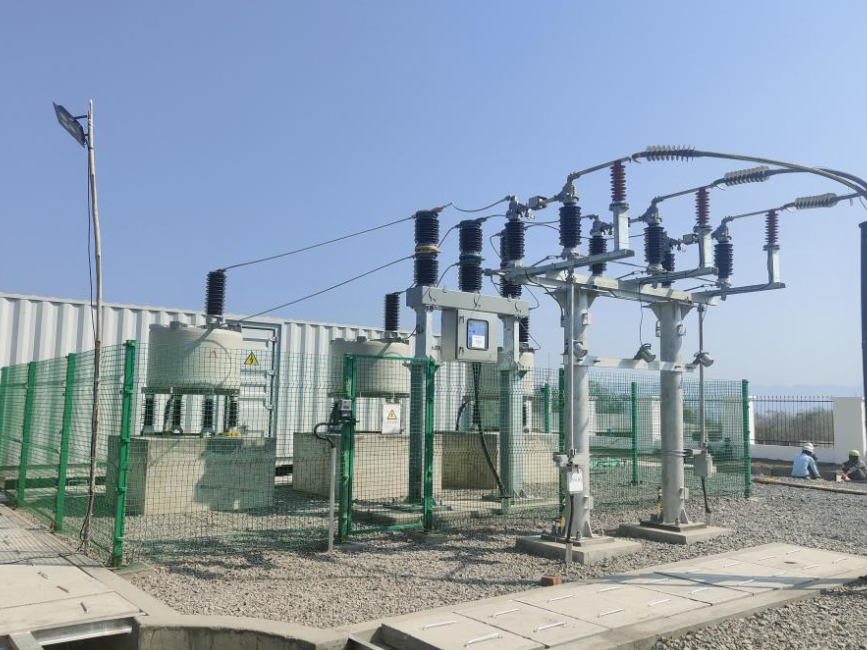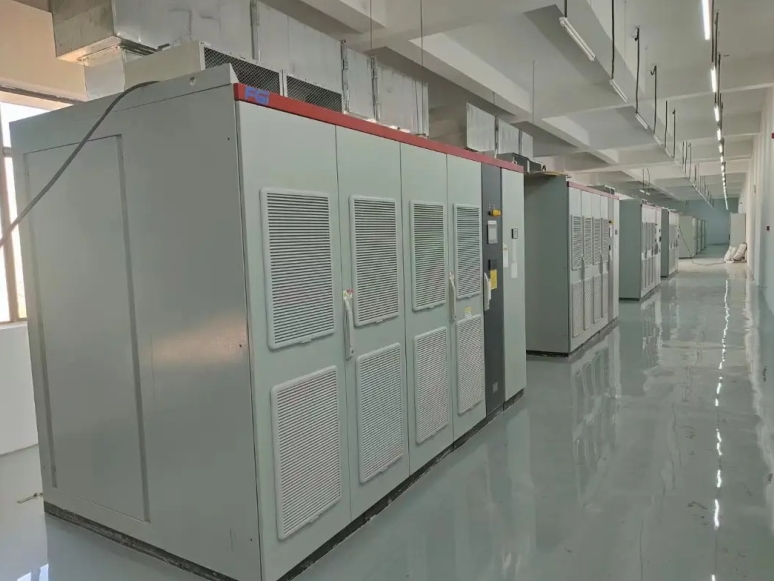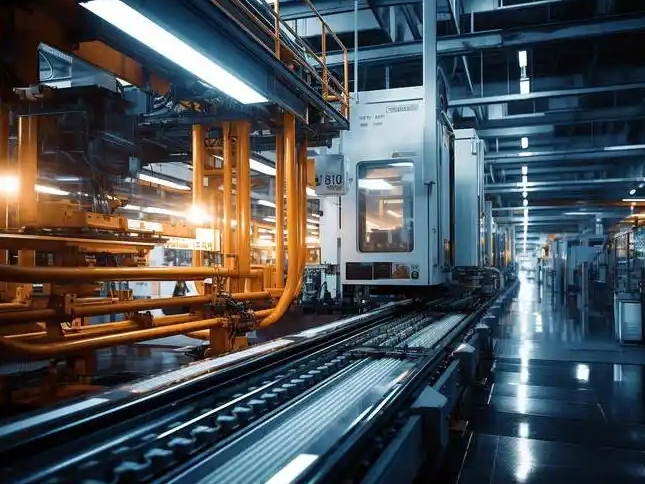When foreign substances enter the human body, we need to face two fate in most cases, one is that if the body recognizes as useful or harmless substances, these substances will live in harmony with the human body, and eventually will be absorbed, used or naturally excreted. However, if these substances are identified as harmful substances, the body's immune system immediately reacts to expel or eliminate them, which is the protective role of the immune response, and this situation represents that we have "allergic" symptoms. But now there is a problem, that is, the protective response made by the immune system is unable to distinguish between harmful and harmless body tissues, so the ultimate result is that the immune system will react and damage the normal body tissues, so the "allergic" symptoms are very unfavorable to human health. And whether electronic and electrical equipment such as frequency converters will also exist "allergic" phenomenon? The answer is yes.
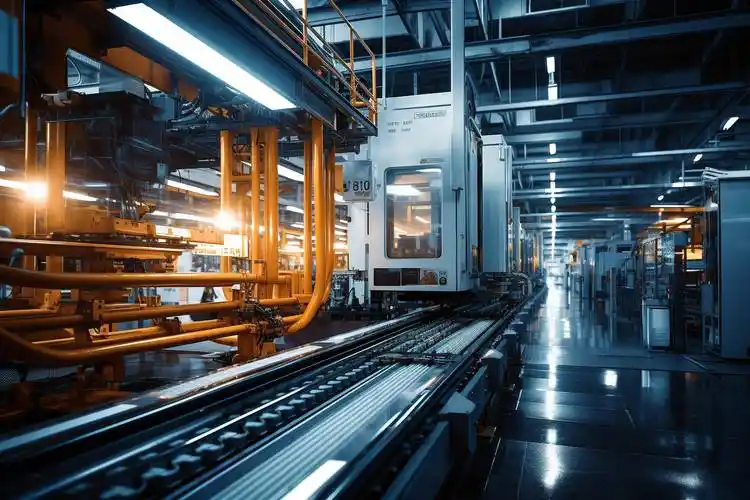
The "allergy" of the frequency converter is similar to the dust allergy of people on a certain level. Although the amount of dust that can affect people's allergies does not completely affect the frequency converter, the amount of dust will accumulate over time, and when the dust accumulates to a certain extent, the frequency converter will begin to appear "allergic" symptoms. In addition, with the different types of dust will also affect the overall health of the inverter in different ways. Next, let the three branches of frequency conversion discuss with you the appropriate counterbalance method in the face of these different "allergens".
All kinds of dust can not be ignored:
In terms of the common frequency converter housing types, most standard frequency converter enclosures simply do not meet the dustproof standards. These common frequency converters usually have openings in the housing to allow air to flow through the components to help cool the device. However, these openings are usually not equipped with screens or filters, so all kinds of dust or other particles will also enter the inverter with the flow of air.
These dust that enters the interior of the inverter with air circulation will adhere to the components, especially the dust attachment on the radiator is the most serious, which will seriously affect the heat exchange efficiency between the interior of the inverter and the surrounding air. In addition, because many inverters use active cooling, which means they use fans to force air through the radiator, this dust can also build up on the fan blades and bearings, leading to greater wear and tear.
The production process is different in various industries, and the impact of the dust environment on the frequency converter and other electrical equipment is also different. For example, very fine particles can be found on gypsum processing equipment that stick to almost everything. If the device is in an area of high humidity at the same time, it may turn into a crusty paste, preventing direct contact with the cooling medium and the surrounding air.
The problem of villi and fibers requires our attention:
In the application environment of some inverters, the problem of lint and fiber is more troublesome than the problem of dust. Wool and fibers are not only found in the production of textiles, but also in equipment such as the manufacture of insulating glass fibers. Once the air is unfiltered in these production environments, the tiny fluff enters the interior of the equipment through the airflow channel of the inverter. And because the fluff is a larger debris than dust, it is easier to get caught on the radiator or air filter (frequency converter placed in the cabinet), or tangled in the fan. At the same time, due to the characteristics of the fluff, it is easier to attract other fibers to wrap around it, which can almost completely block the air flow channel of the inverter in a serious state.
If the fluff falls on the fan, the cooling capacity of the fan will be reduced, and the fan will not be able to rotate, resulting in premature fan failure. At the same time, it leads to overheating and capacity reduction of the inverter, and eventually shortens its service life. The pile accumulation inside the inverter can also create hot spots and reduce the creepage distance, especially under high humidity conditions, reduce the high pressure resistance of the equipment, causing failure.
The most serious problem is caused by filings:
In the process of wood processing or metal processing will produce filings, these filings will fall in the process of processing and production, which metal filings once fall in the unprotected area of electronic equipment such as frequency converter equipment, a high probability will lead to equipment damage. These unprotected areas may be power supply terminals, motor terminals, DC bus terminals, external brake resistor terminals, or others. Once these metal chips fall on these terminals, the result can be anything from a spark to a complete short circuit, which can lead to damage to AC converters and other nearby equipment.
Precautionary measures
We can help inverters better face environmental challenges such as dust, lint and filings in some relatively direct ways.
(1) Keep the installation space clean and as far away from dust as possible.
(2) Use a higher level of protection installation cabinet.
In this type of installation, since air needs to be drawn into the chassis to provide proper cooling, a filter at the cooling air inlet will greatly help prevent dust from entering the chassis. The filter can be determined according to the particle size commonly encountered, and adding a filter reduces the air flow through the chassis, so this should be adjusted when designing the cooling method.
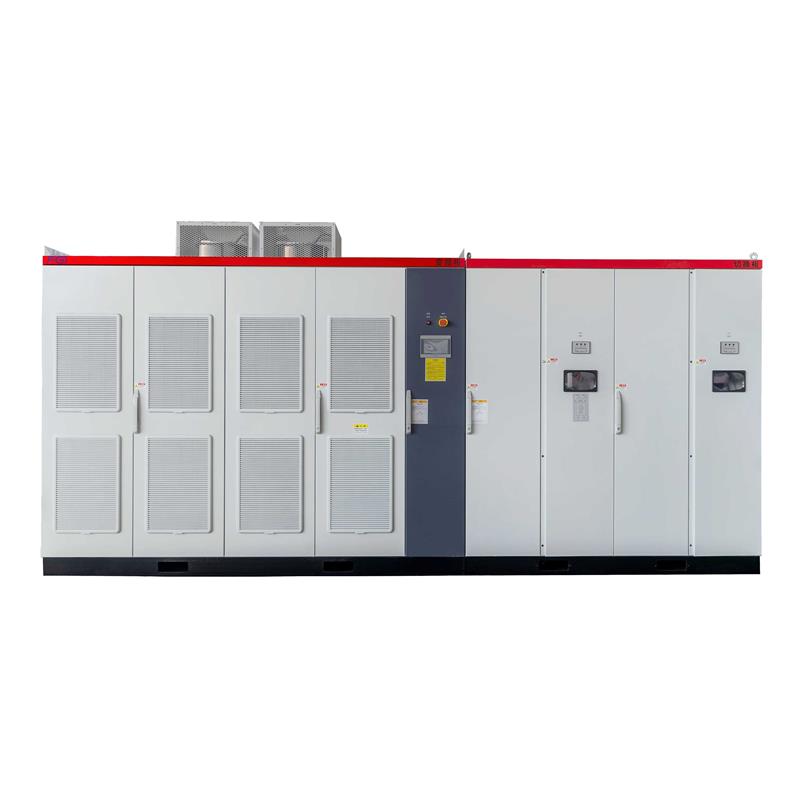
In addition to the installation of the inverter, we can also start from the selection of the inverter.
(1) Includes electronic components with coating
Some of the inverter's electronic components are coated (coated printed circuit boards or packaged/canned components), which protects the circuit to a certain extent from the effects of dust, including conductive dust, and this part of the coating also provides a degree of protection against corrosive gas environments. In order to effectively extend the service life of the inverter and ensure enhanced reliability, Sanke provides protective coatings on several models.
(2) Shell protection
A greater degree of dust protection will be obtained by using inverter models with higher housing protection levels.

